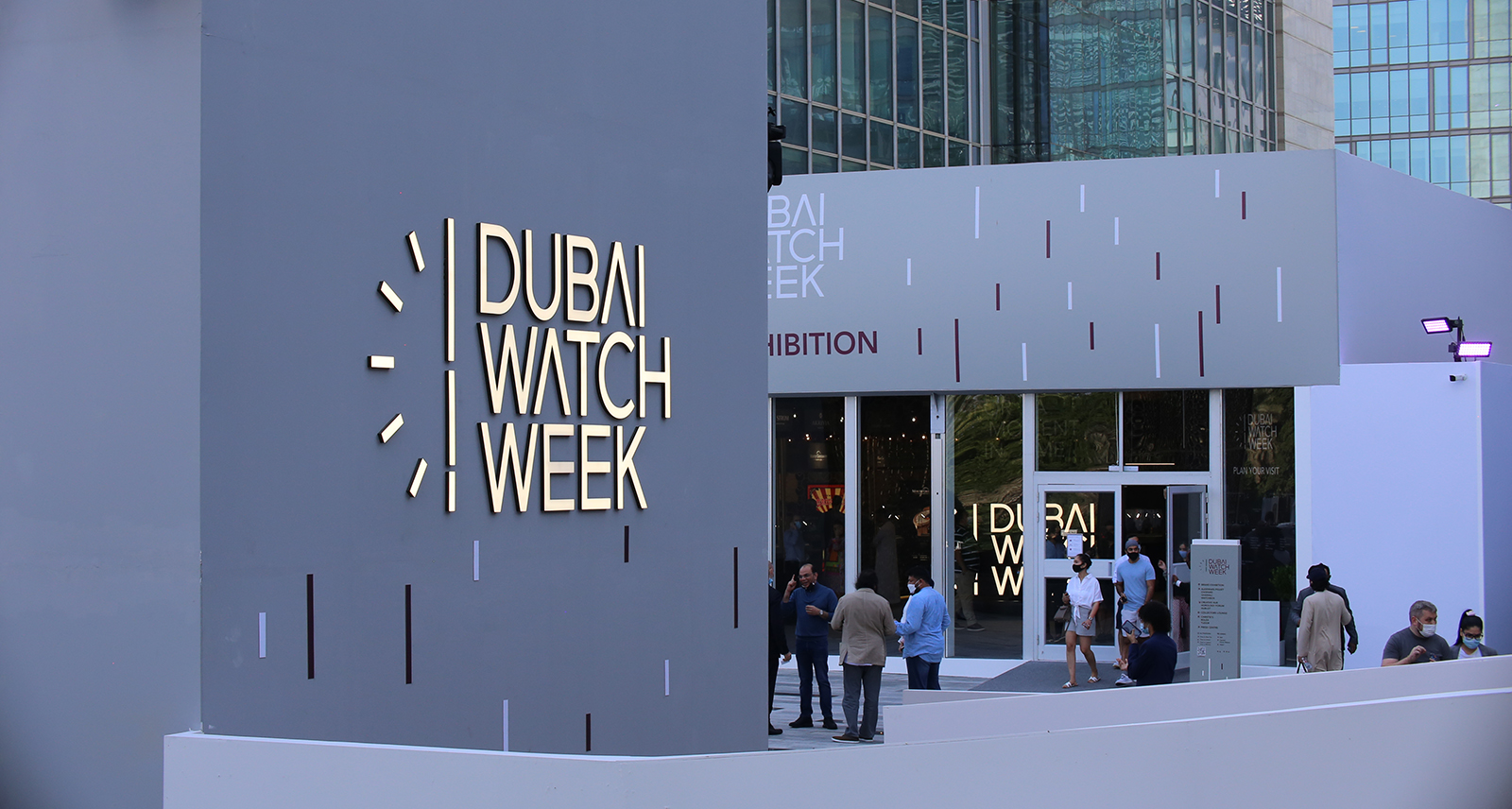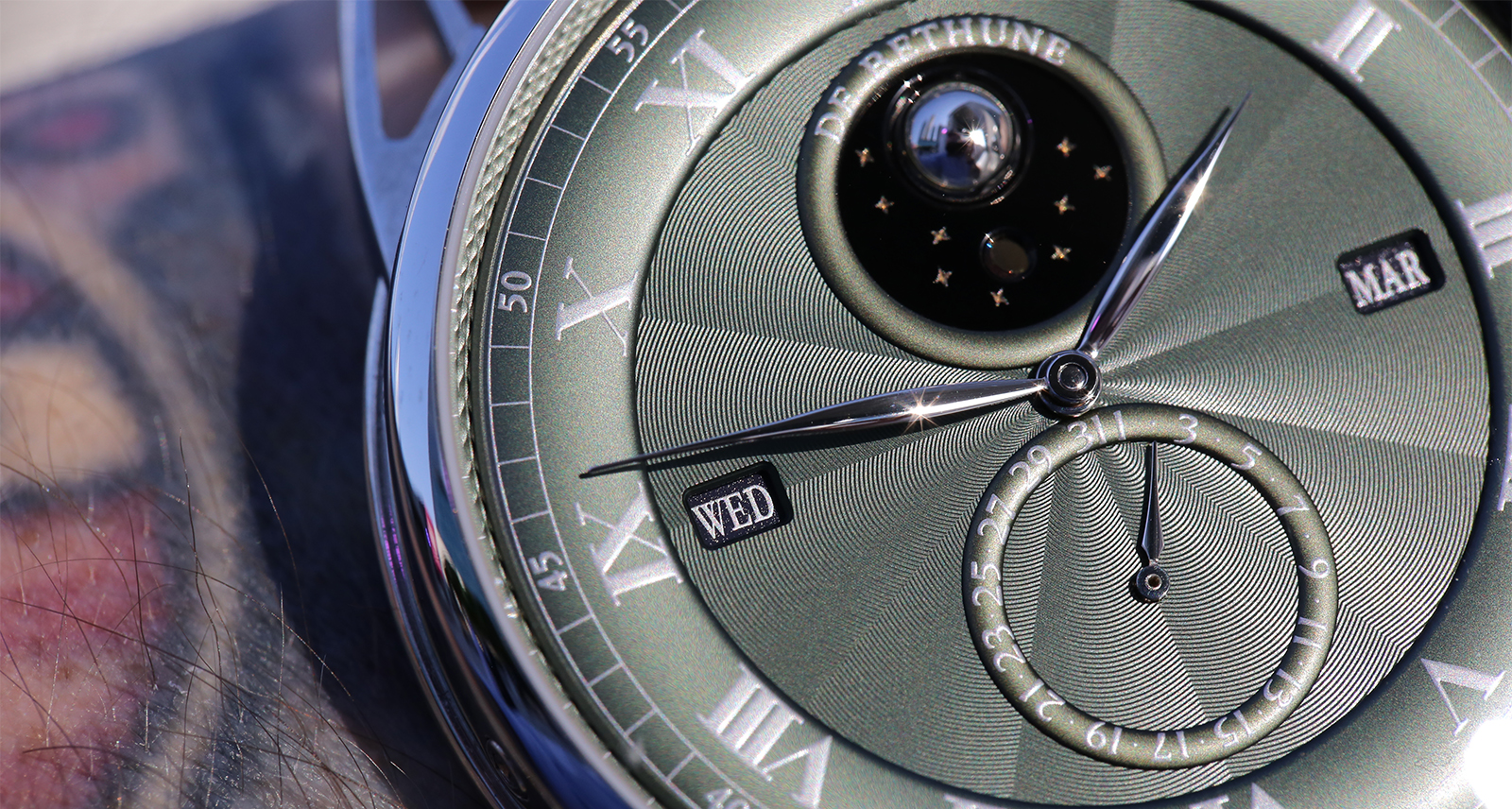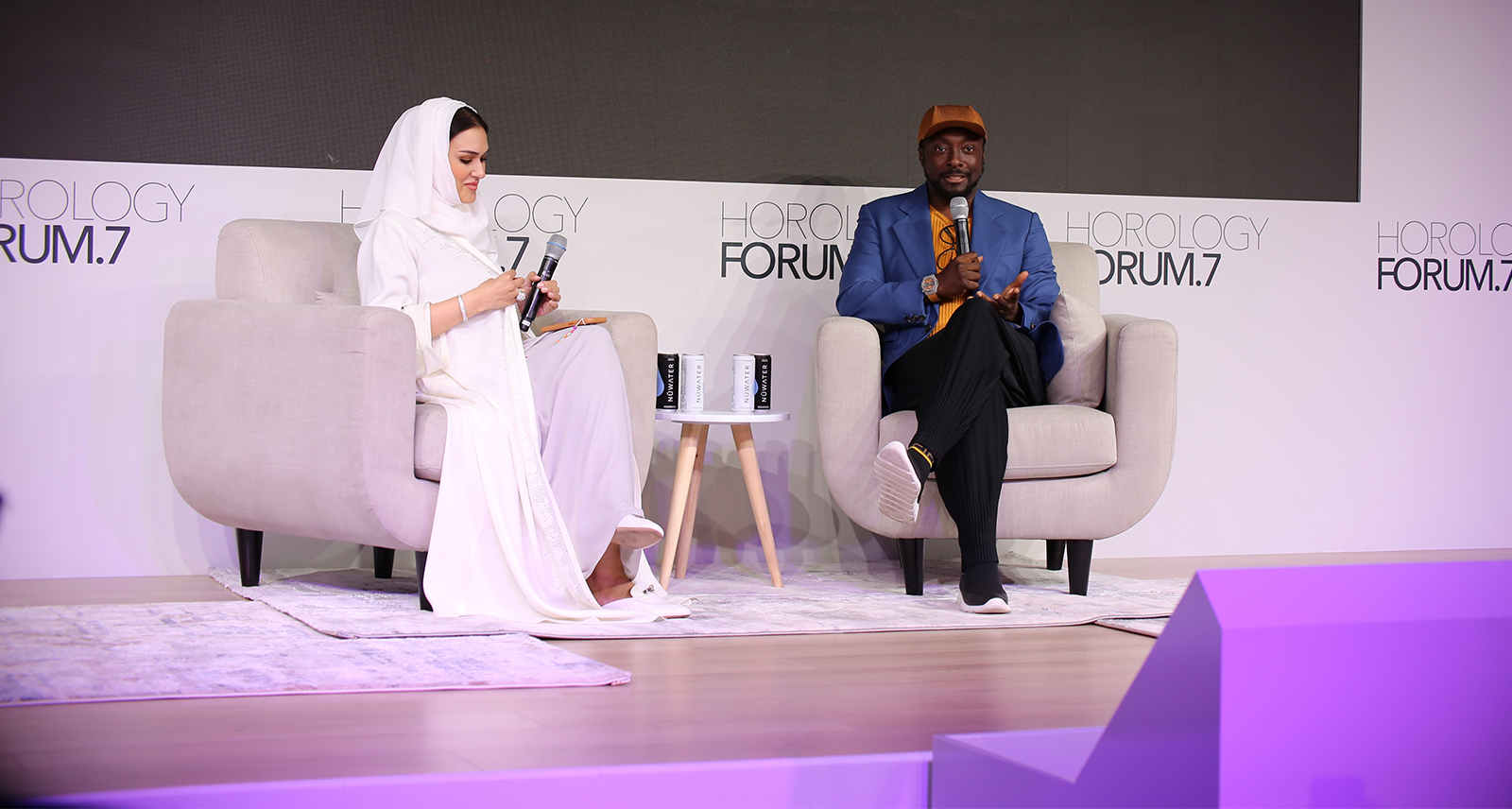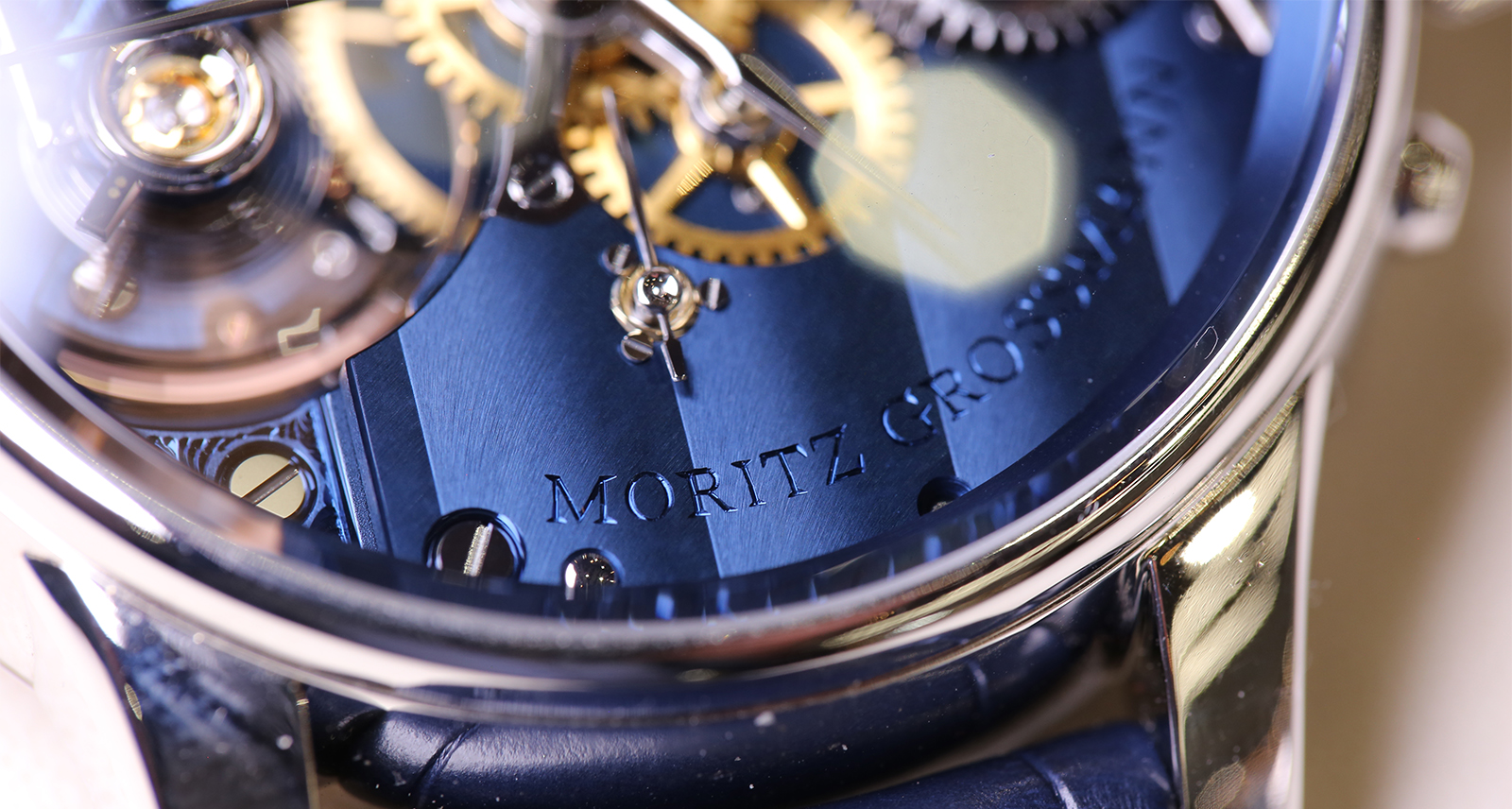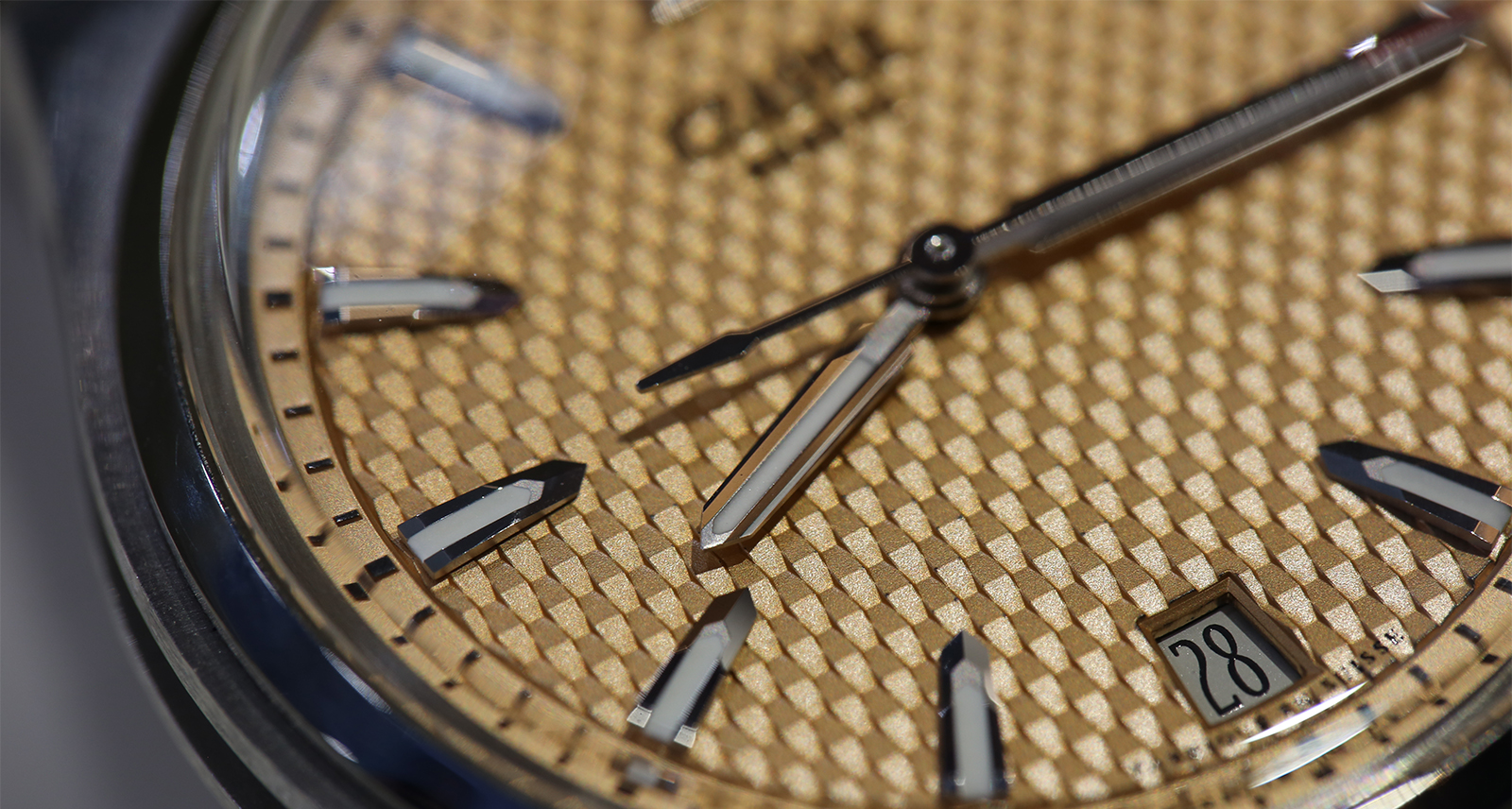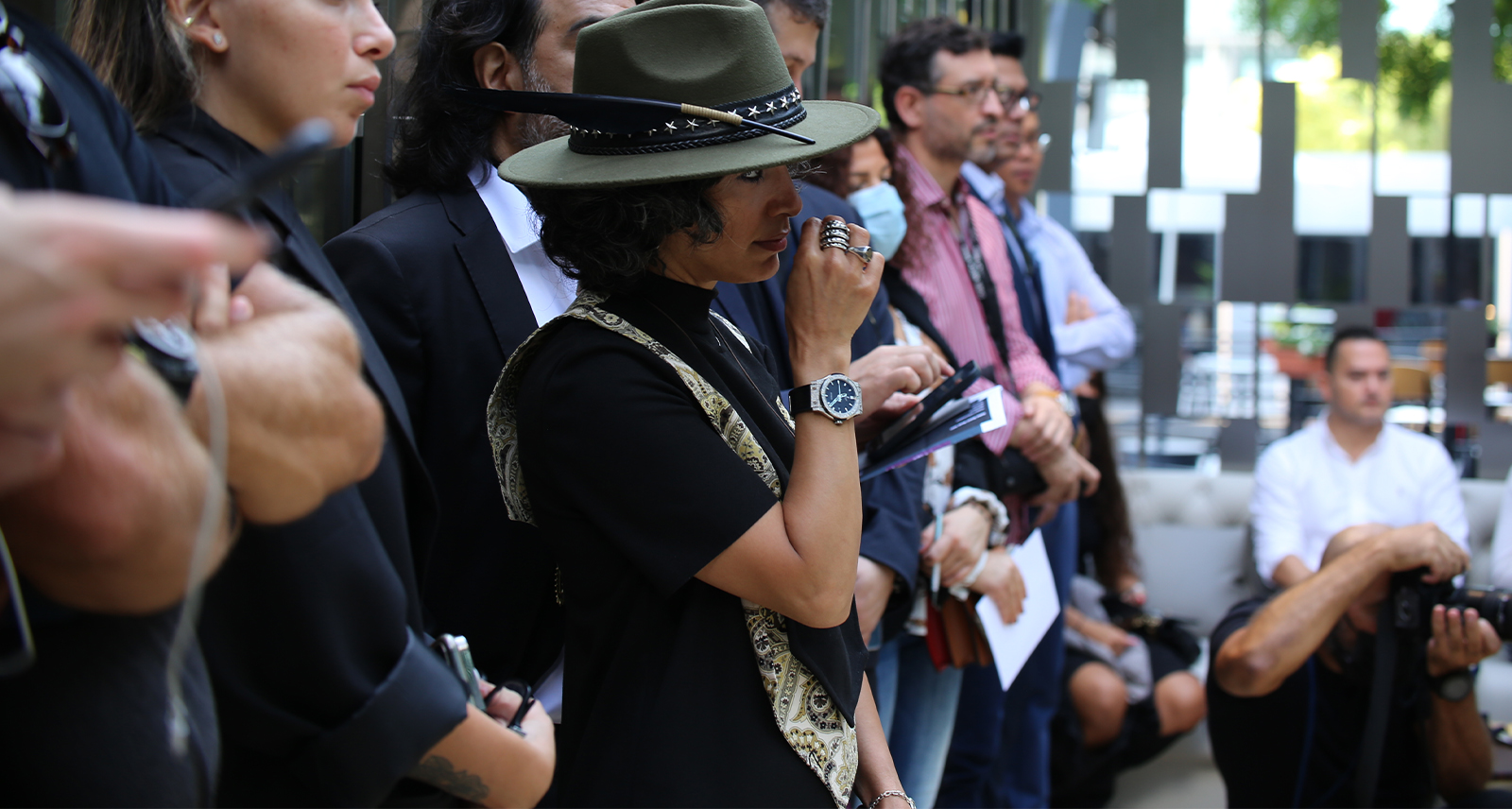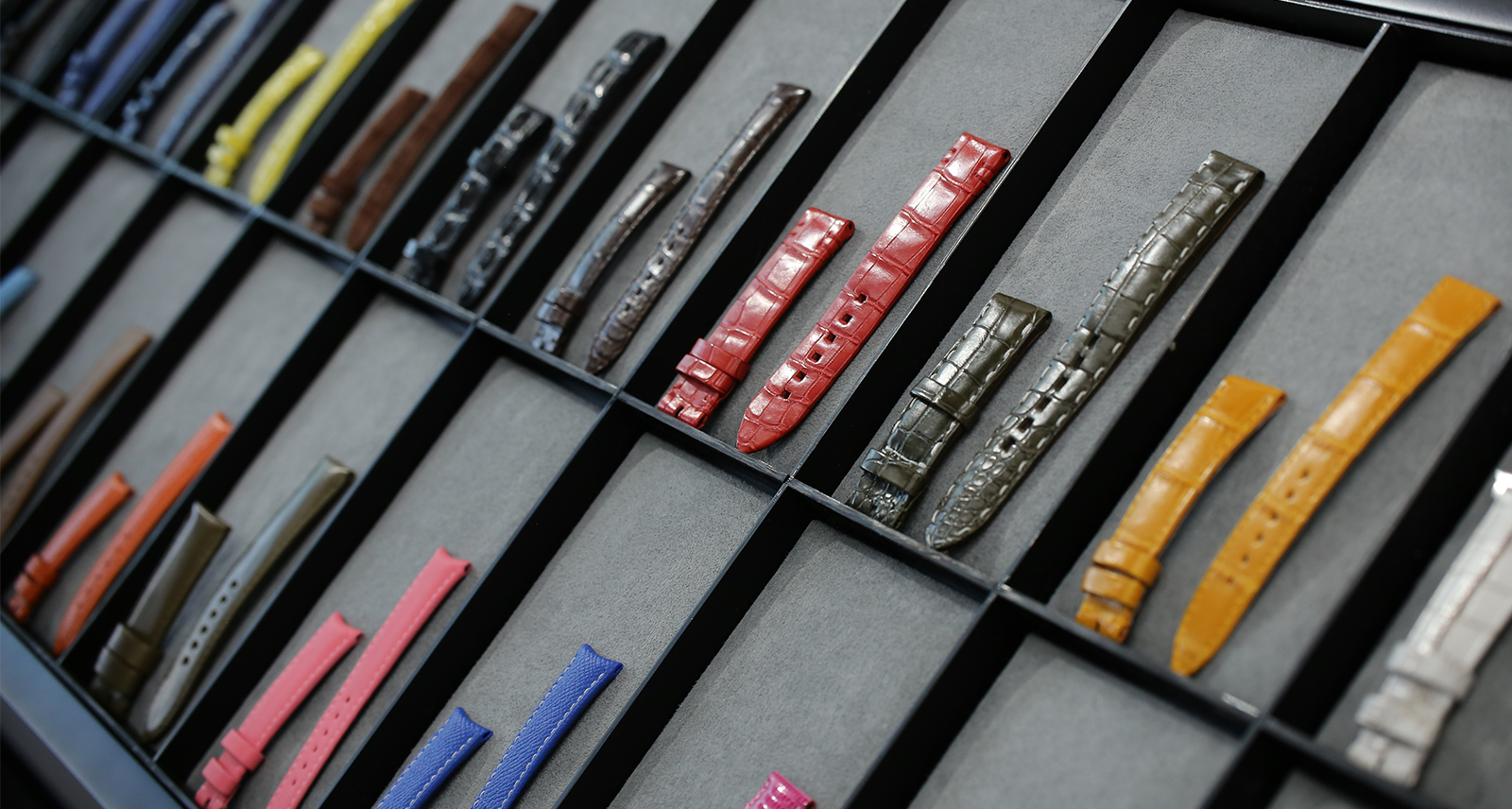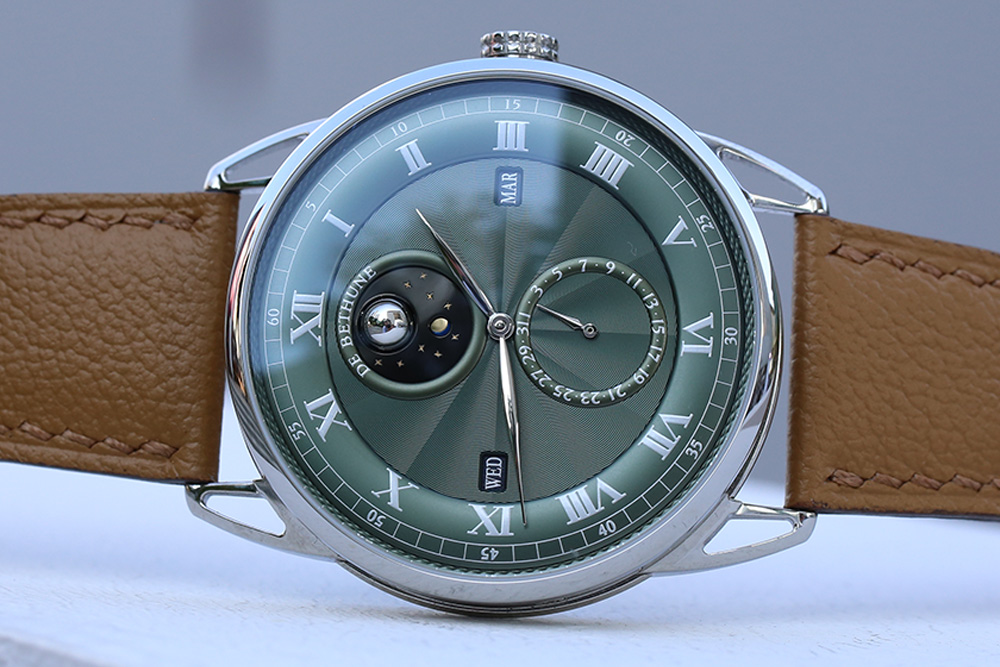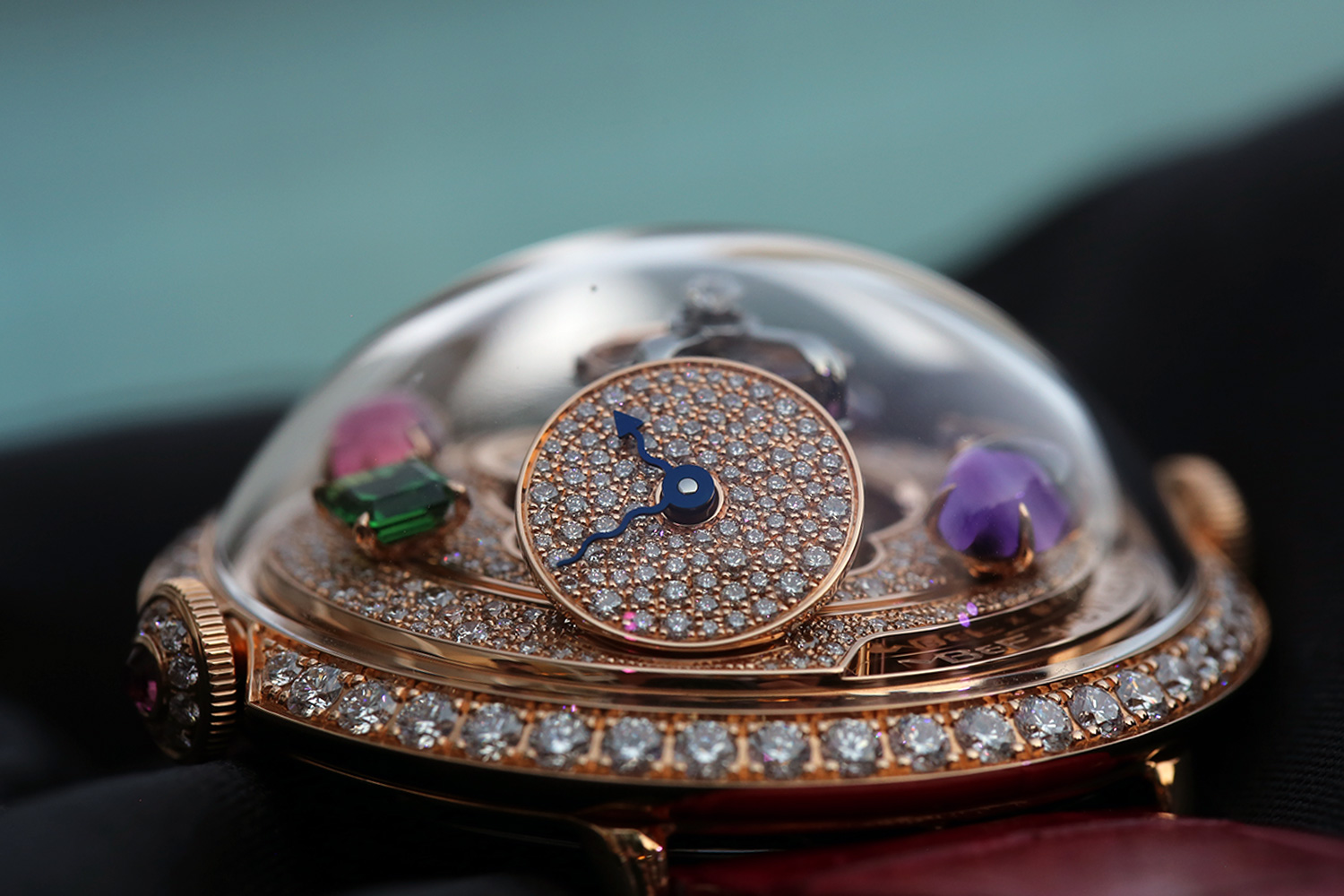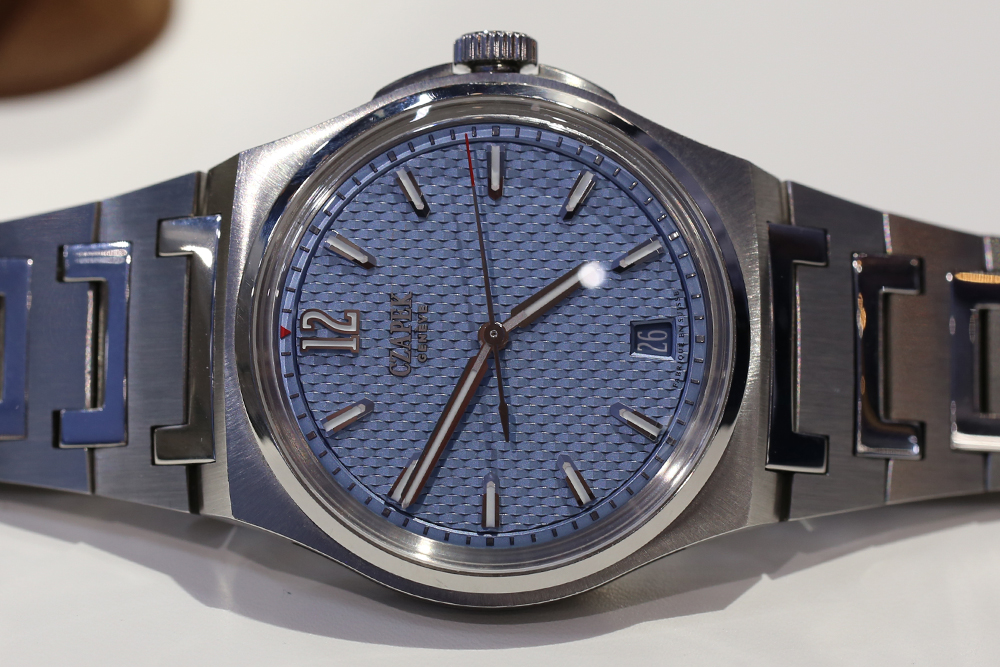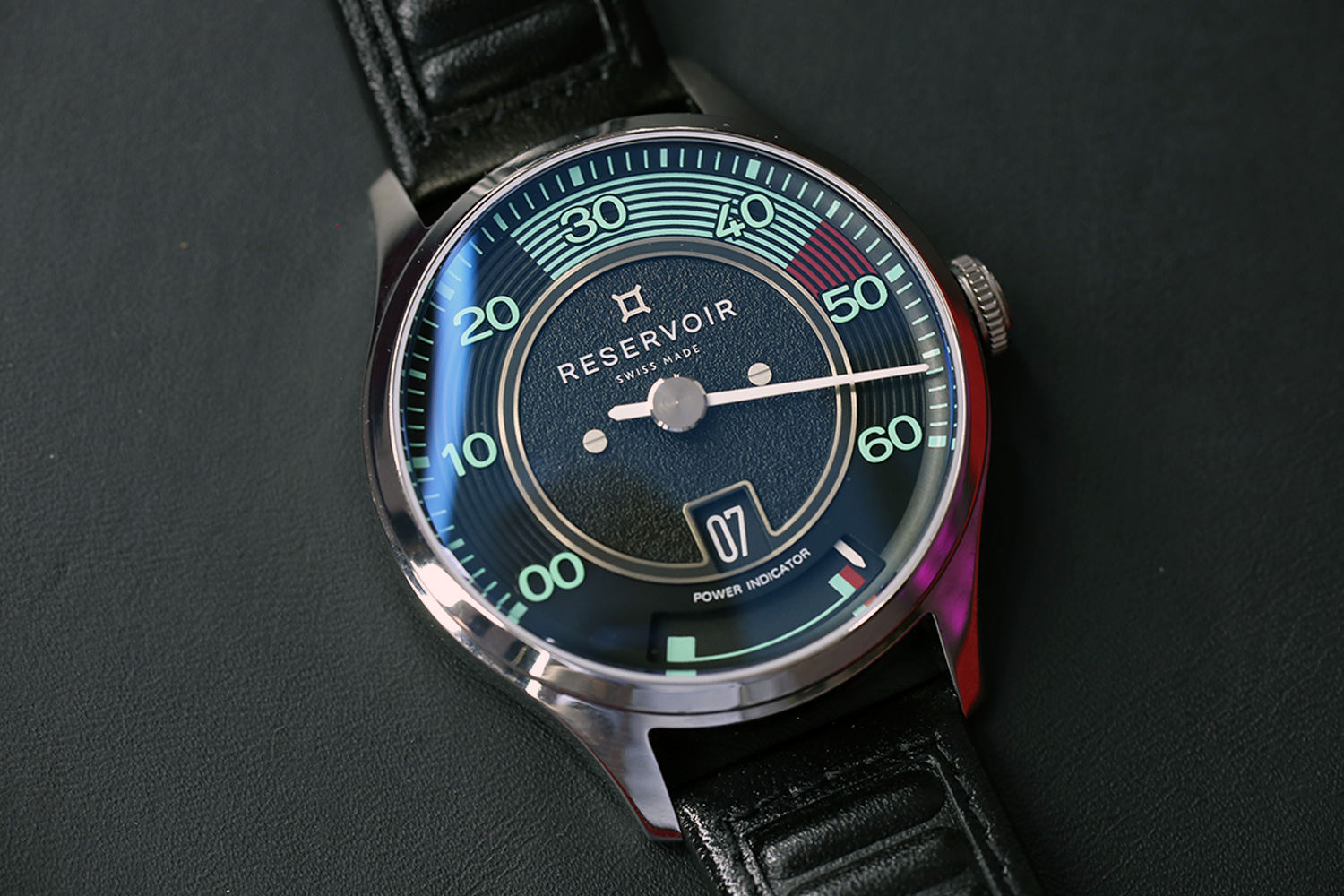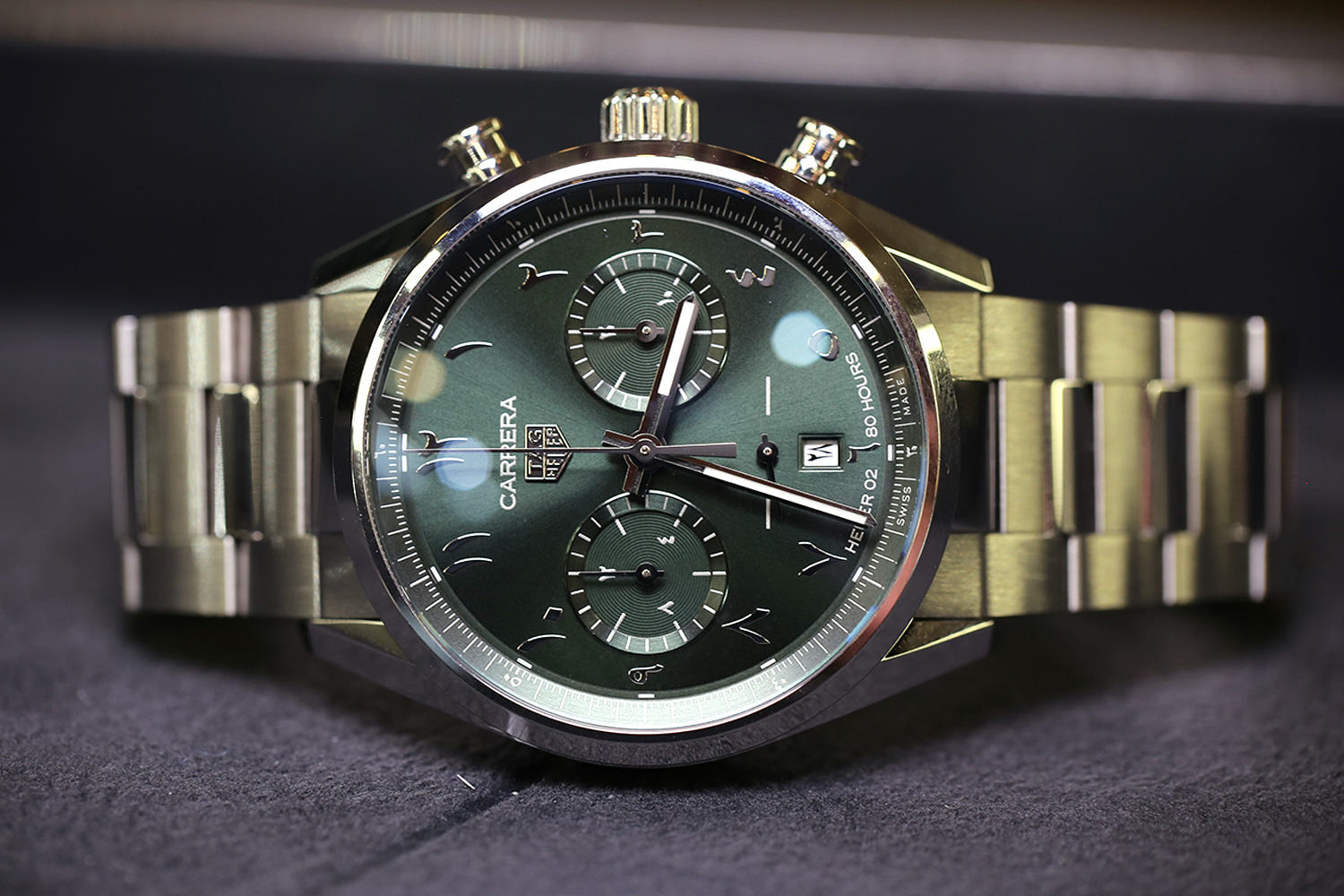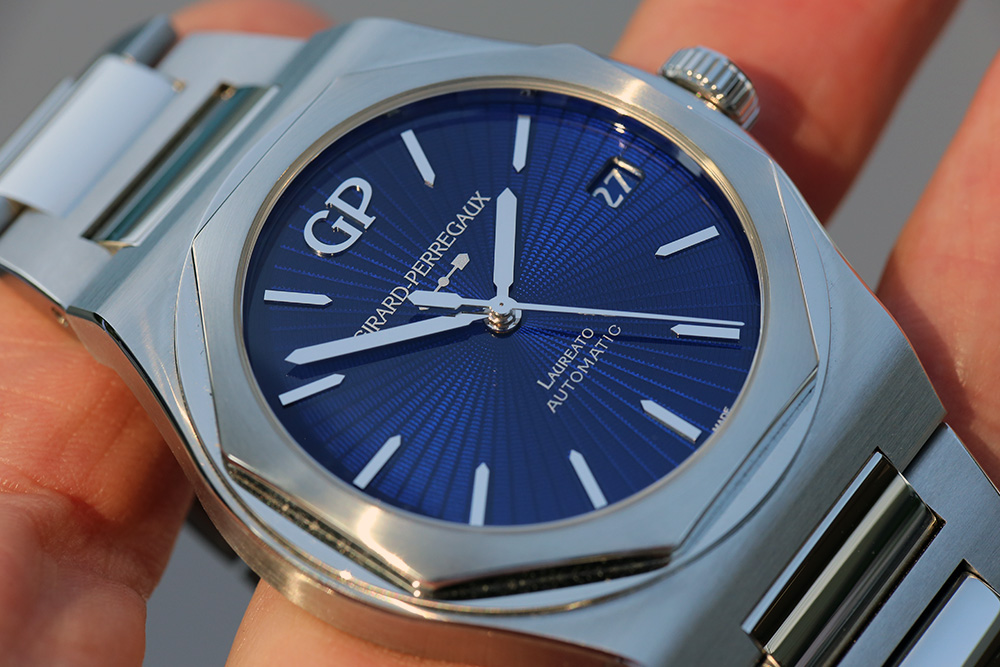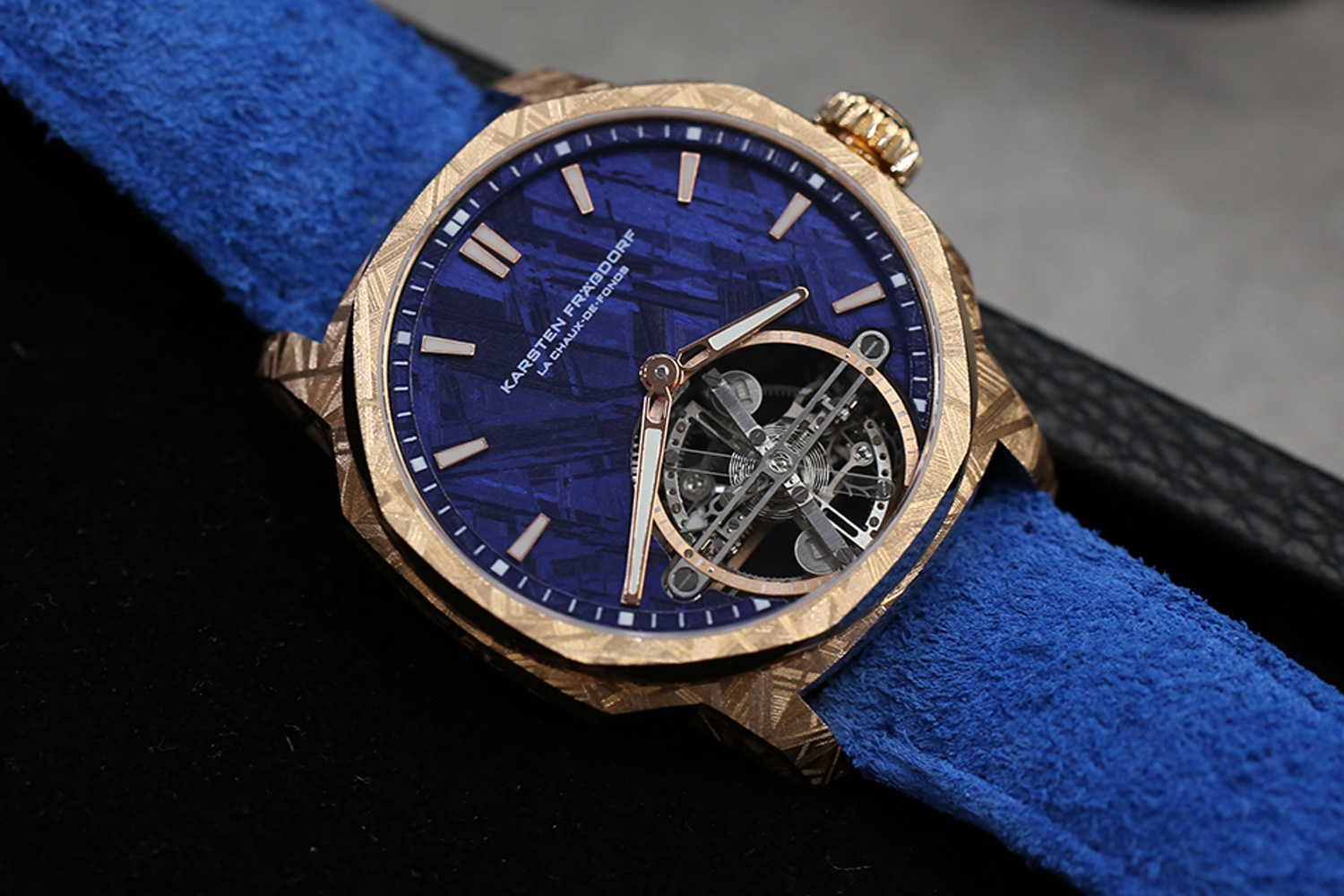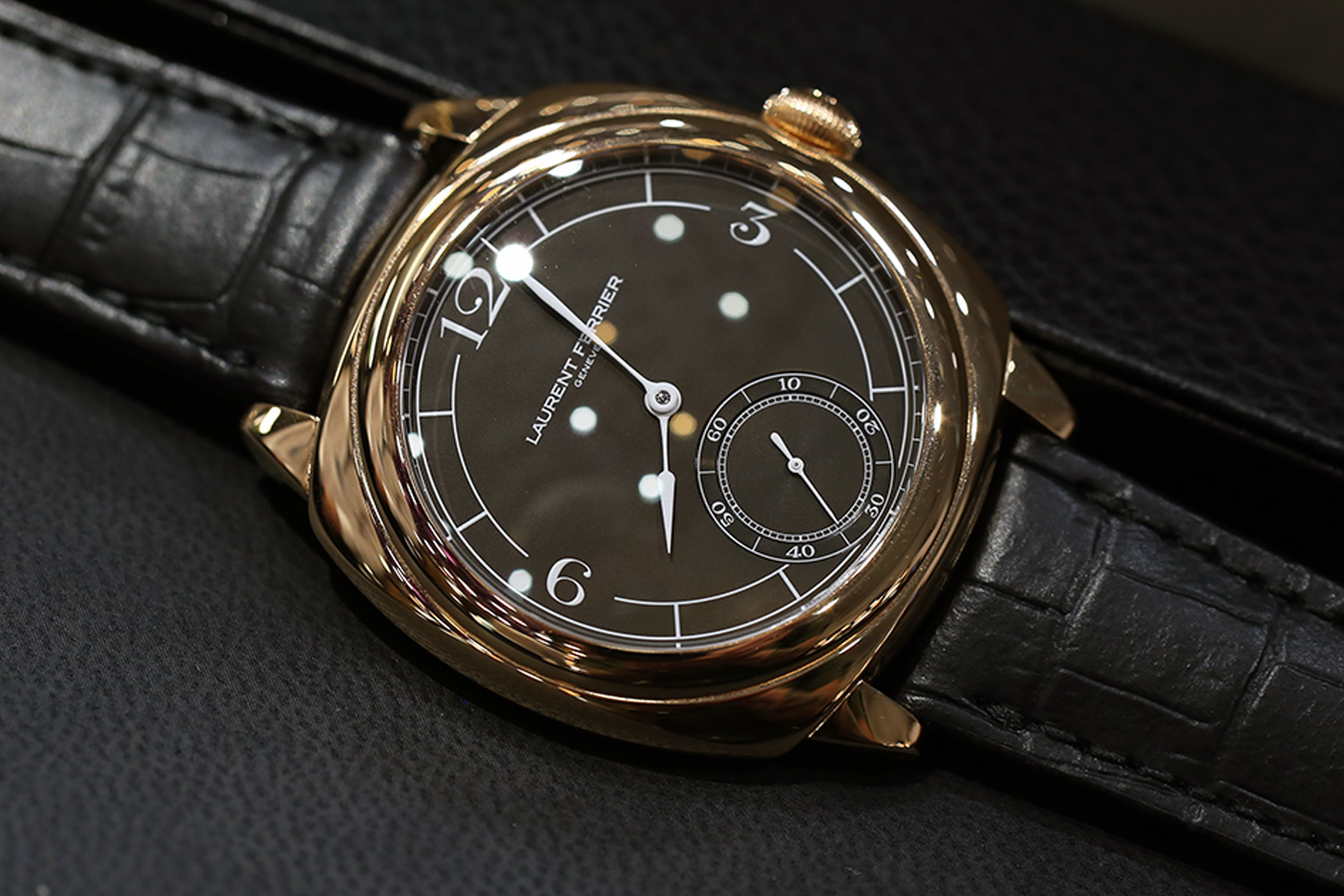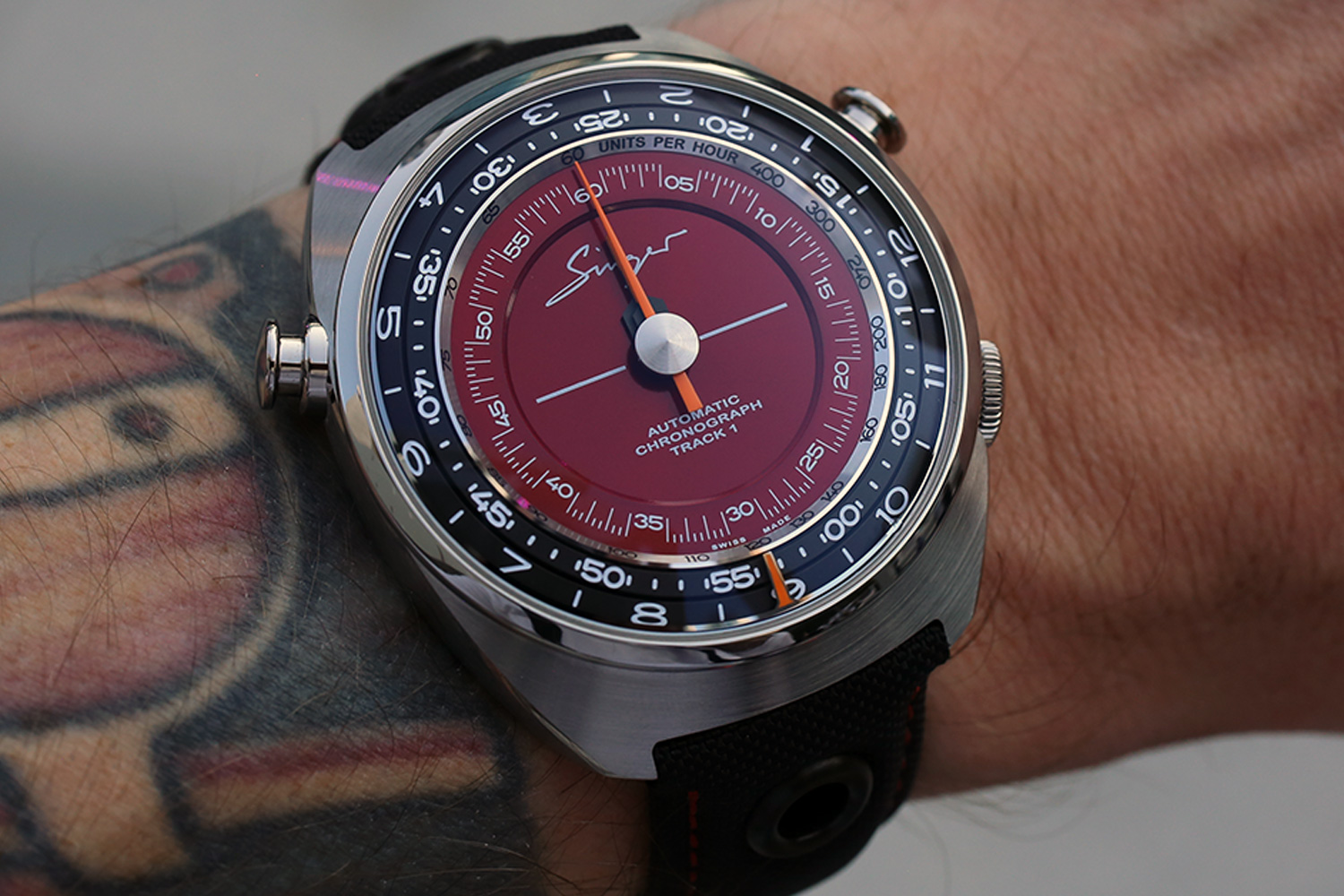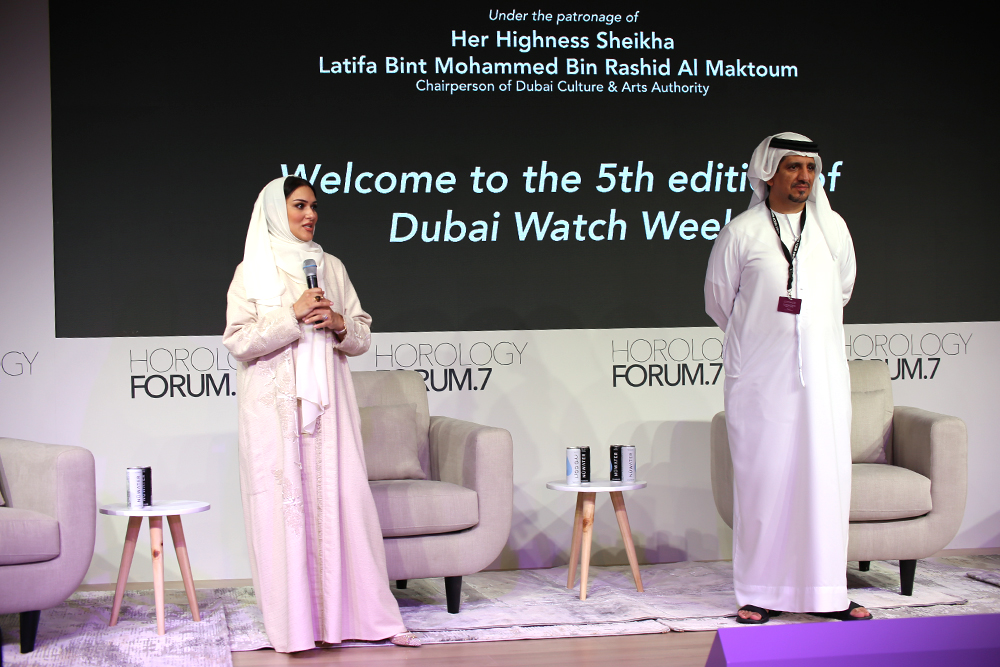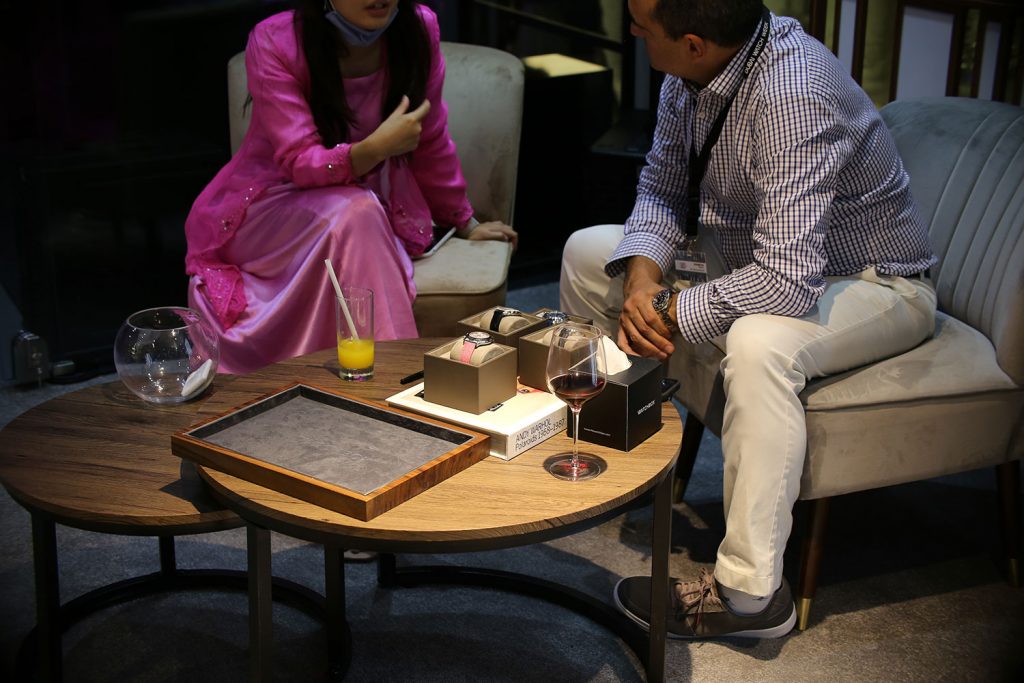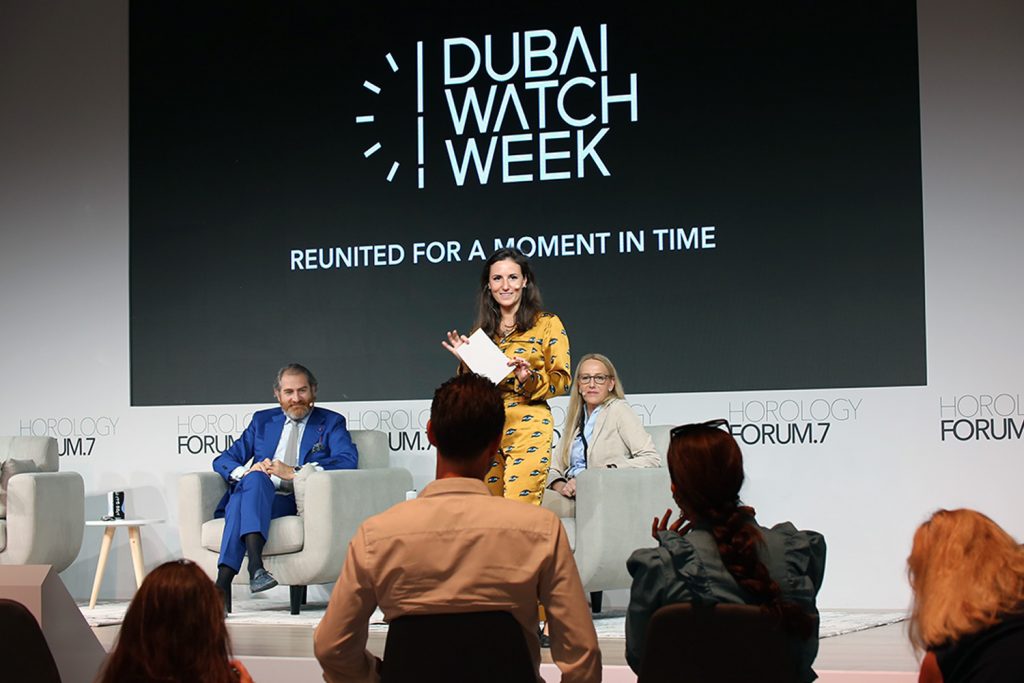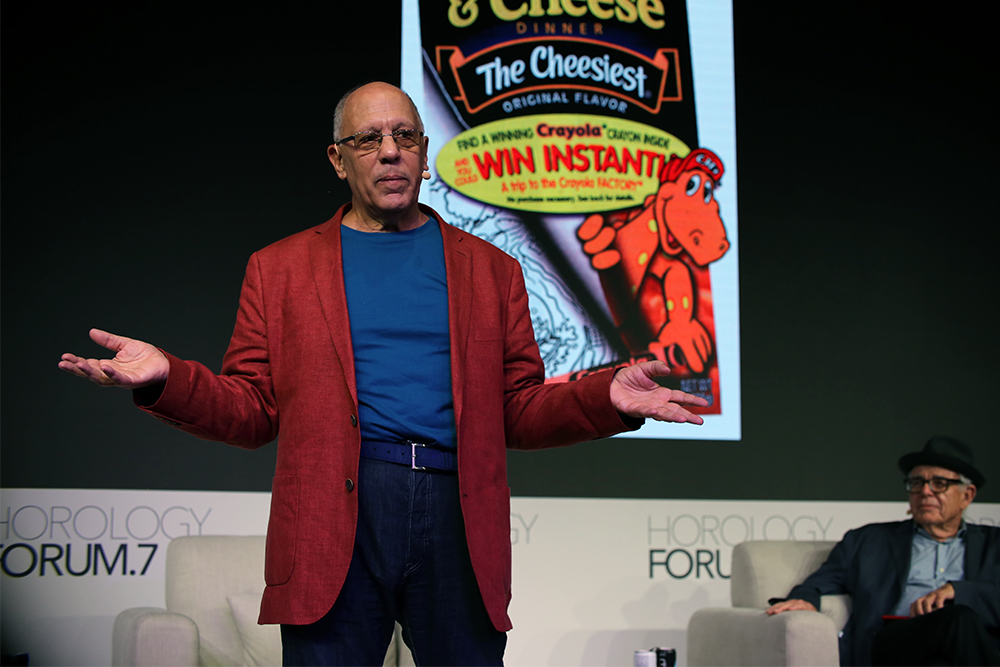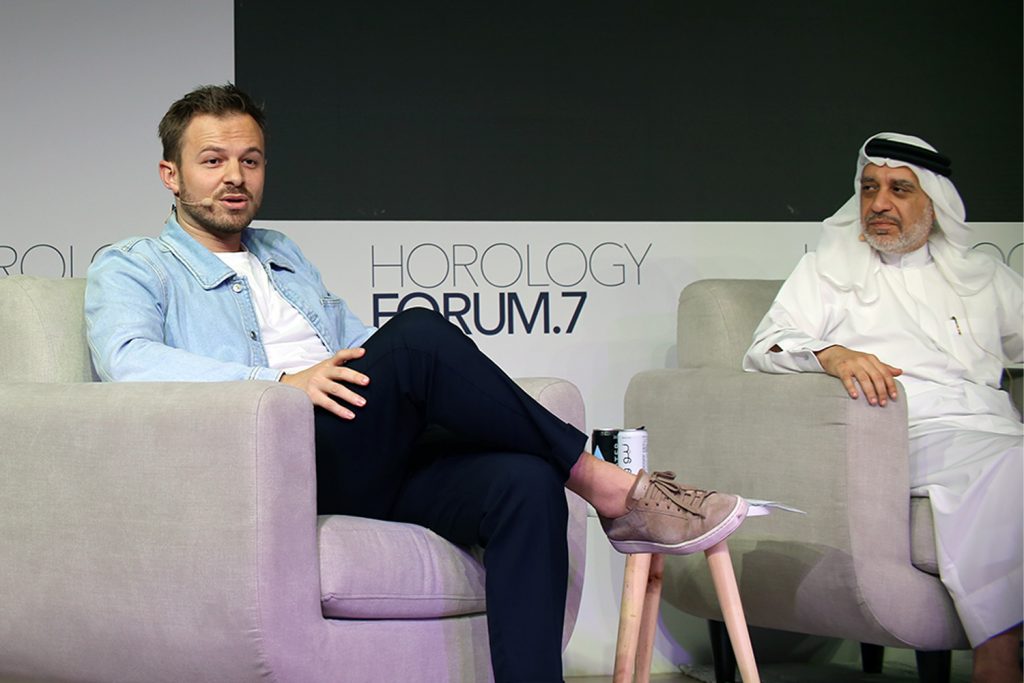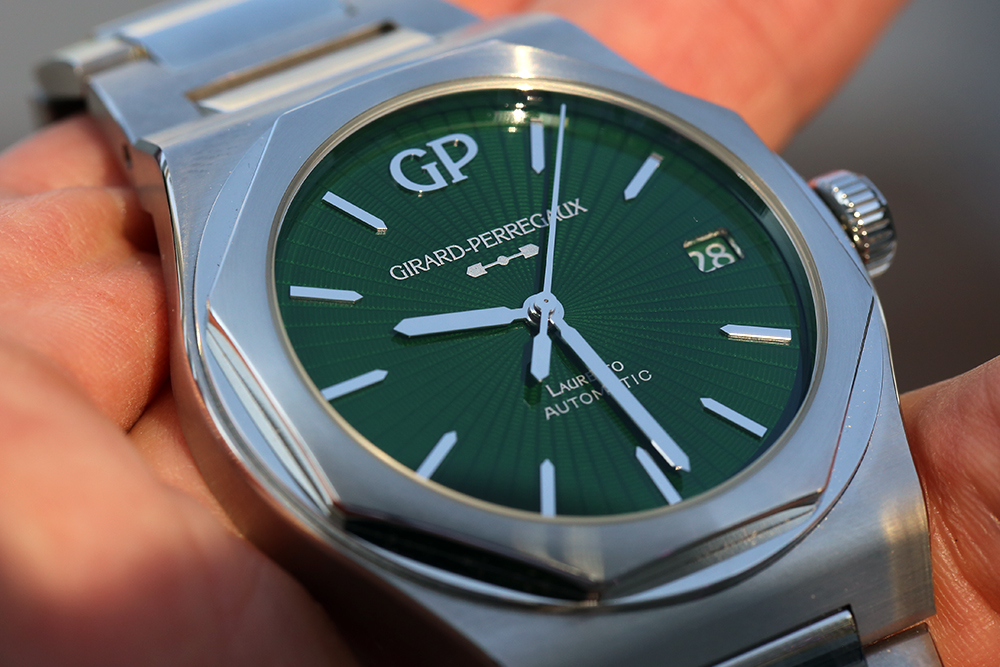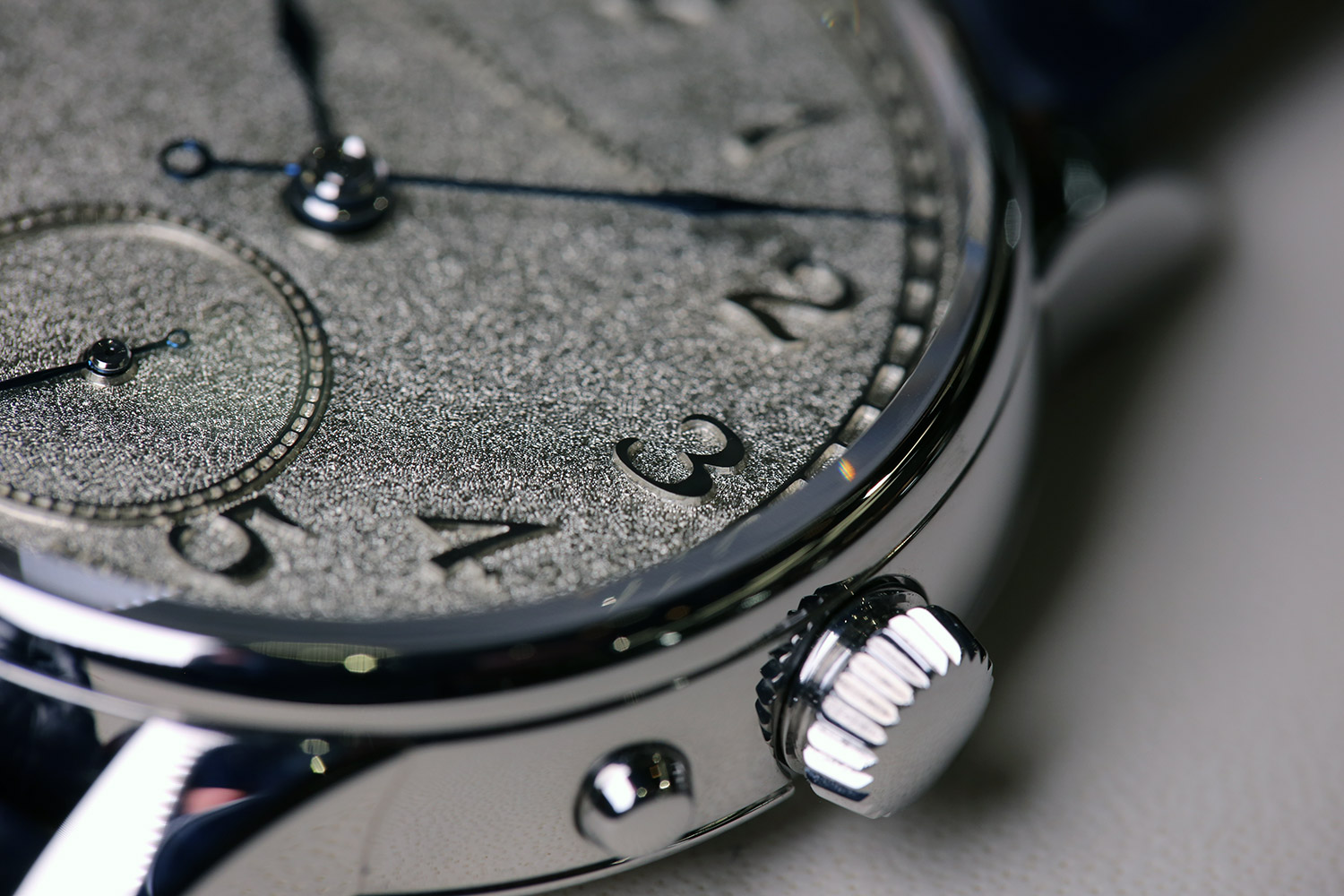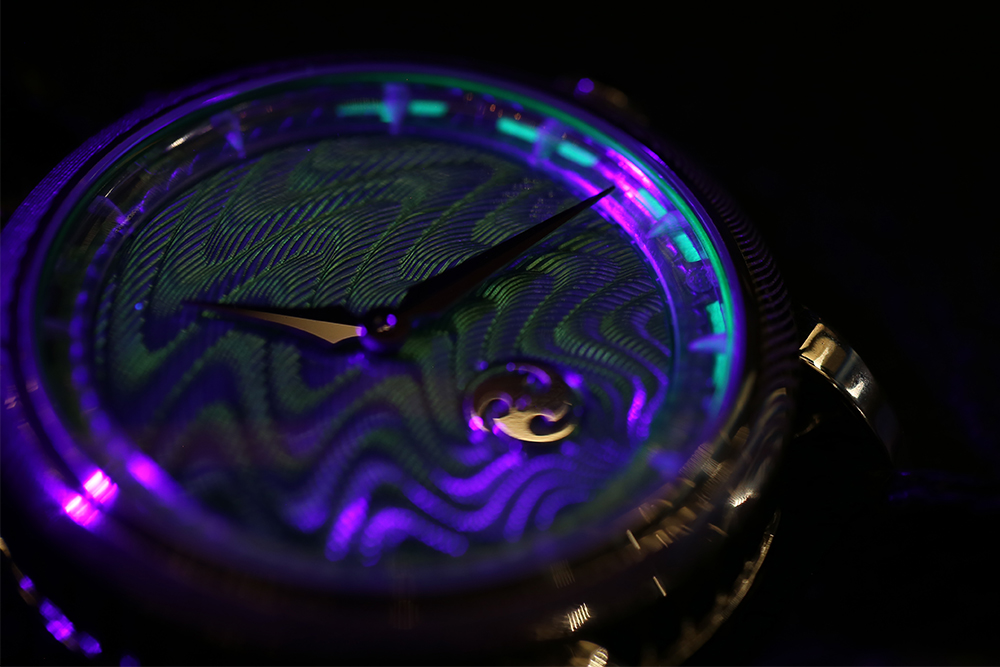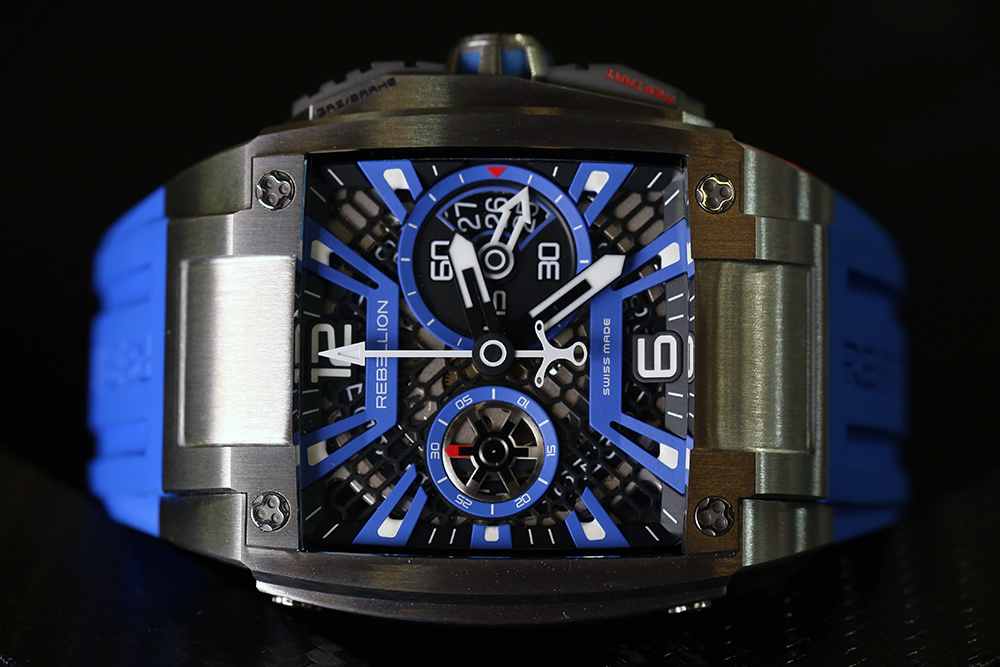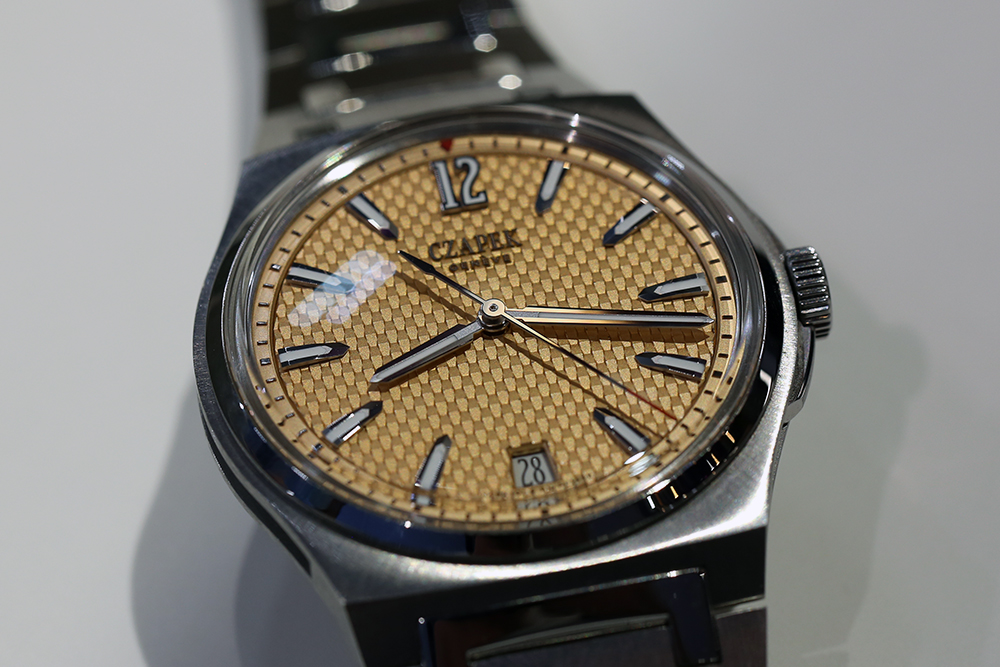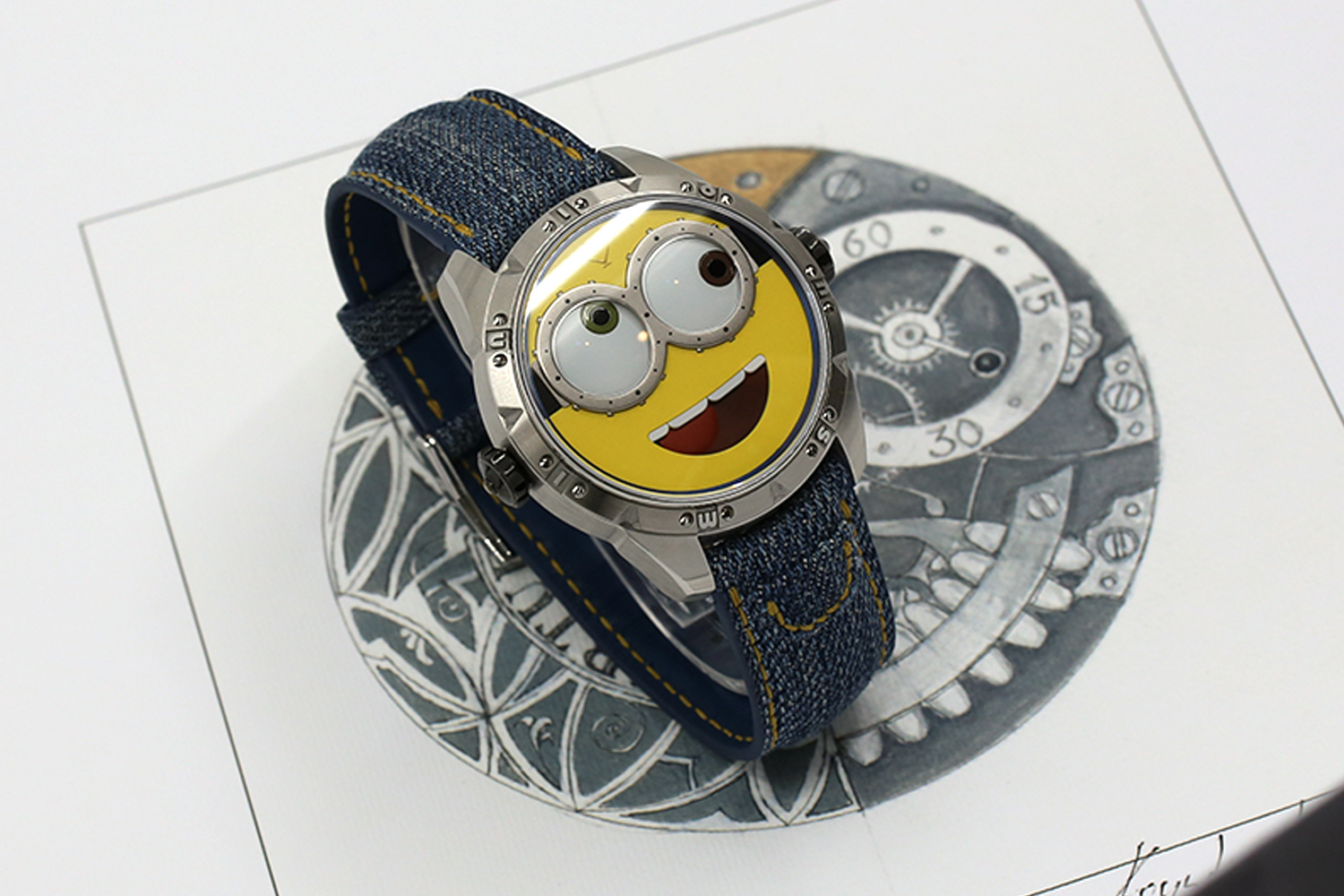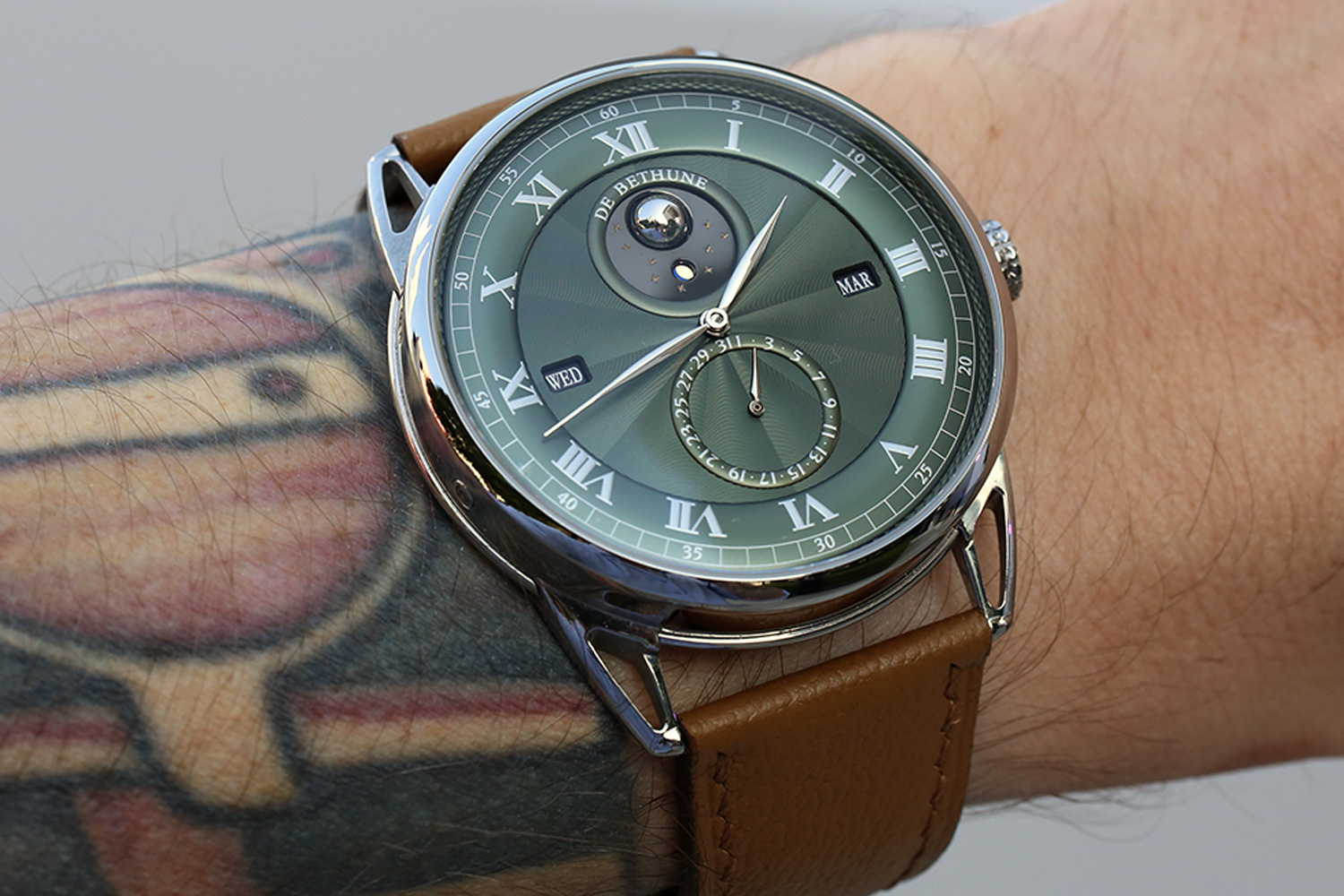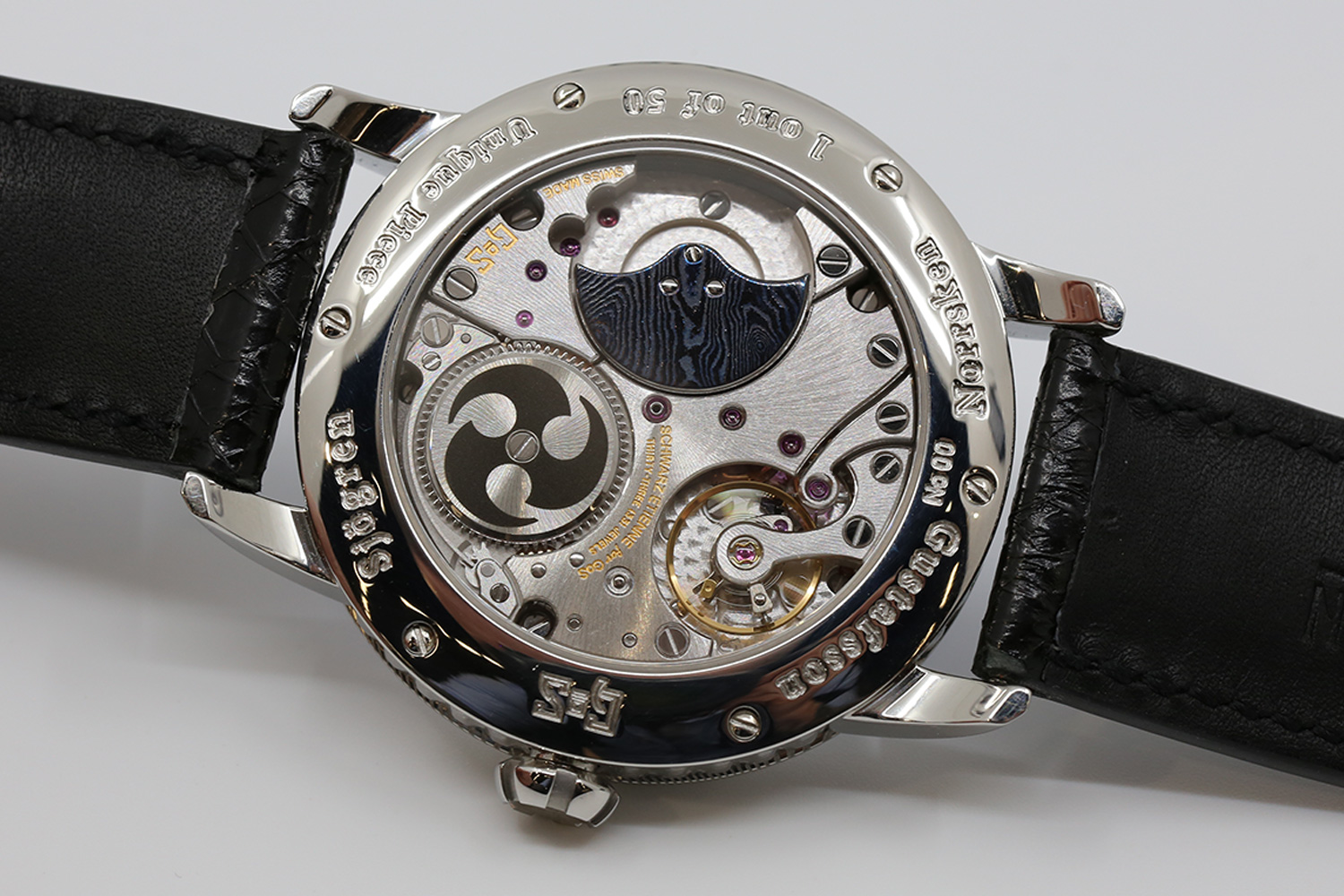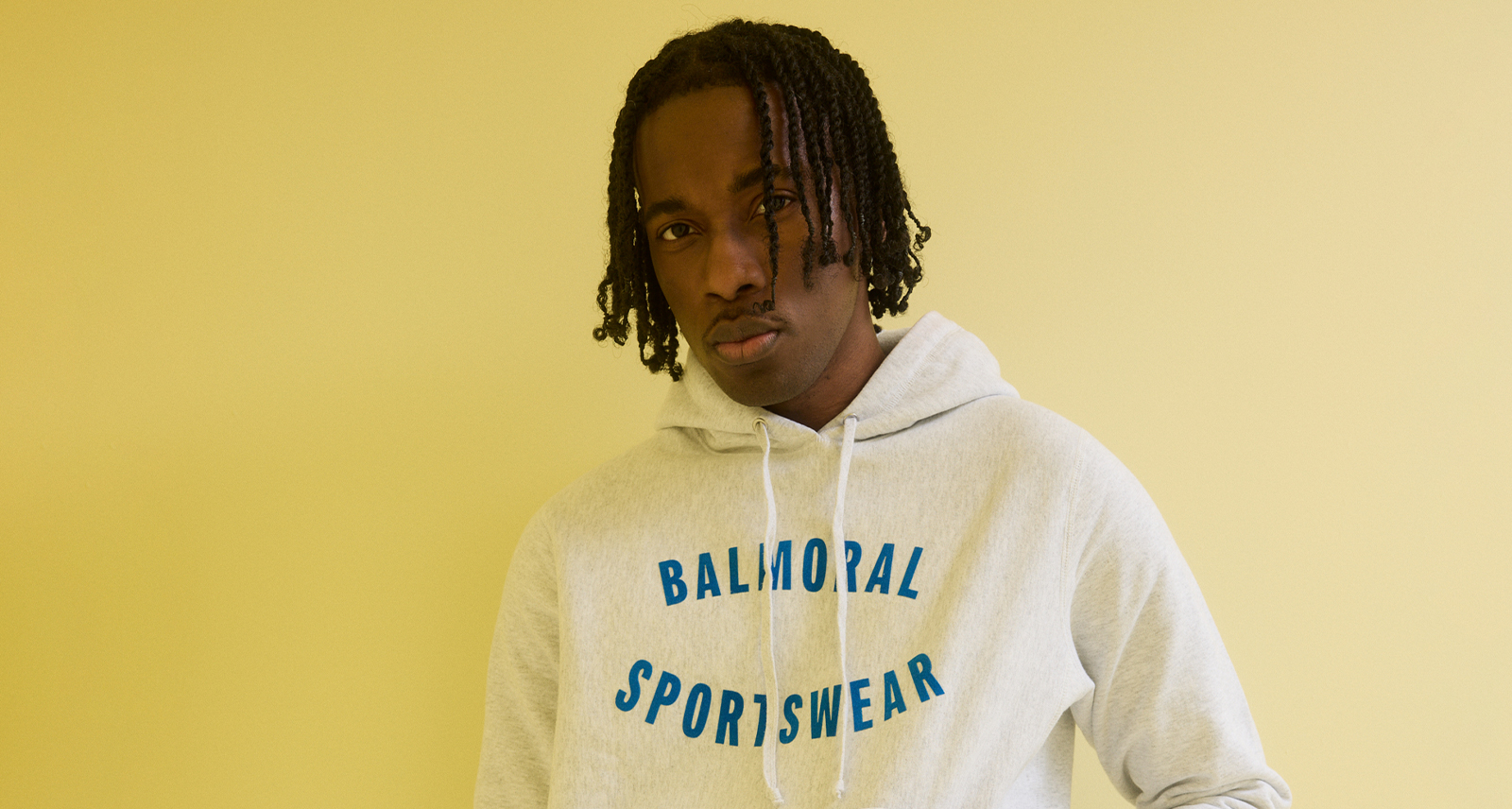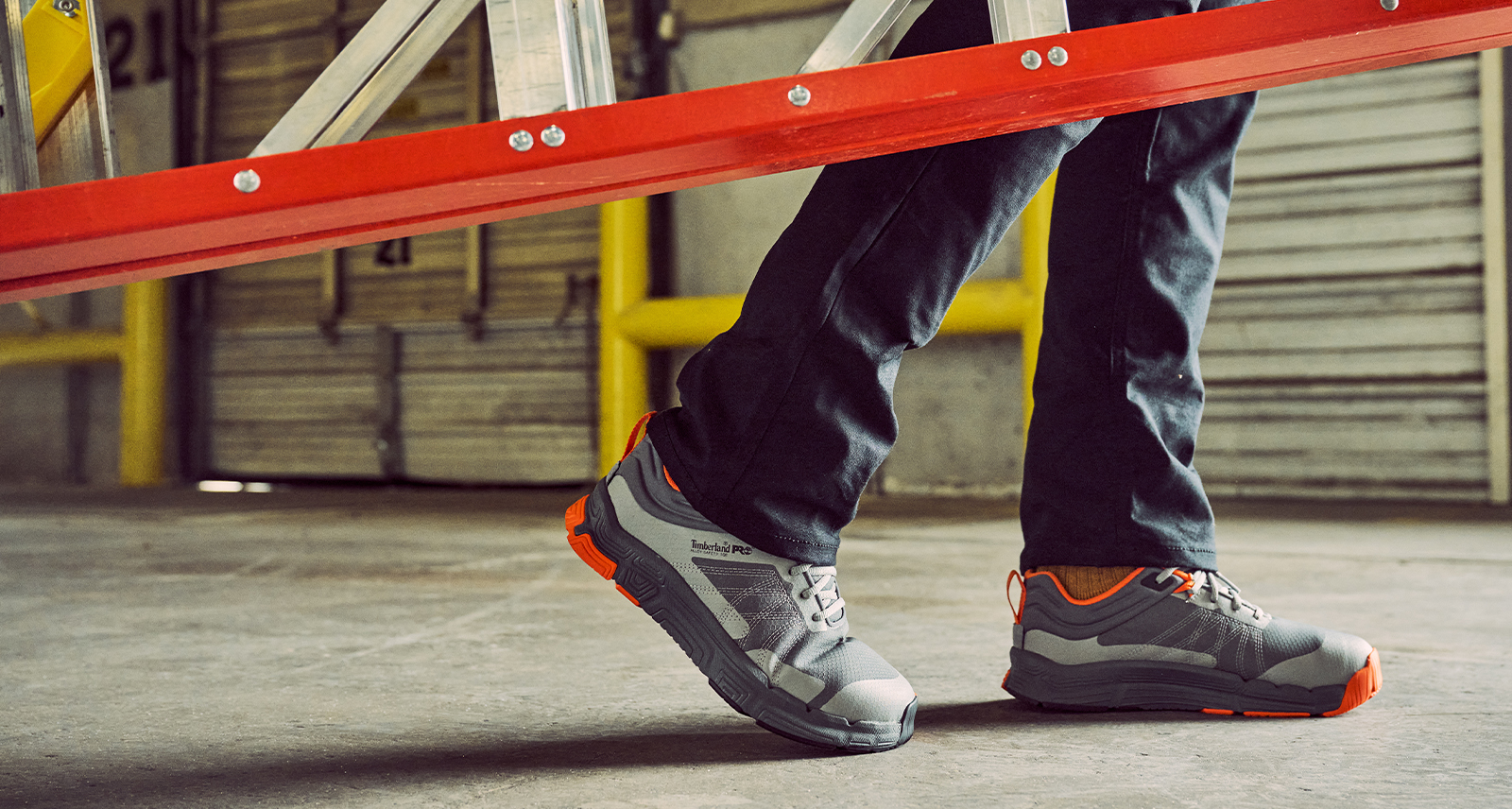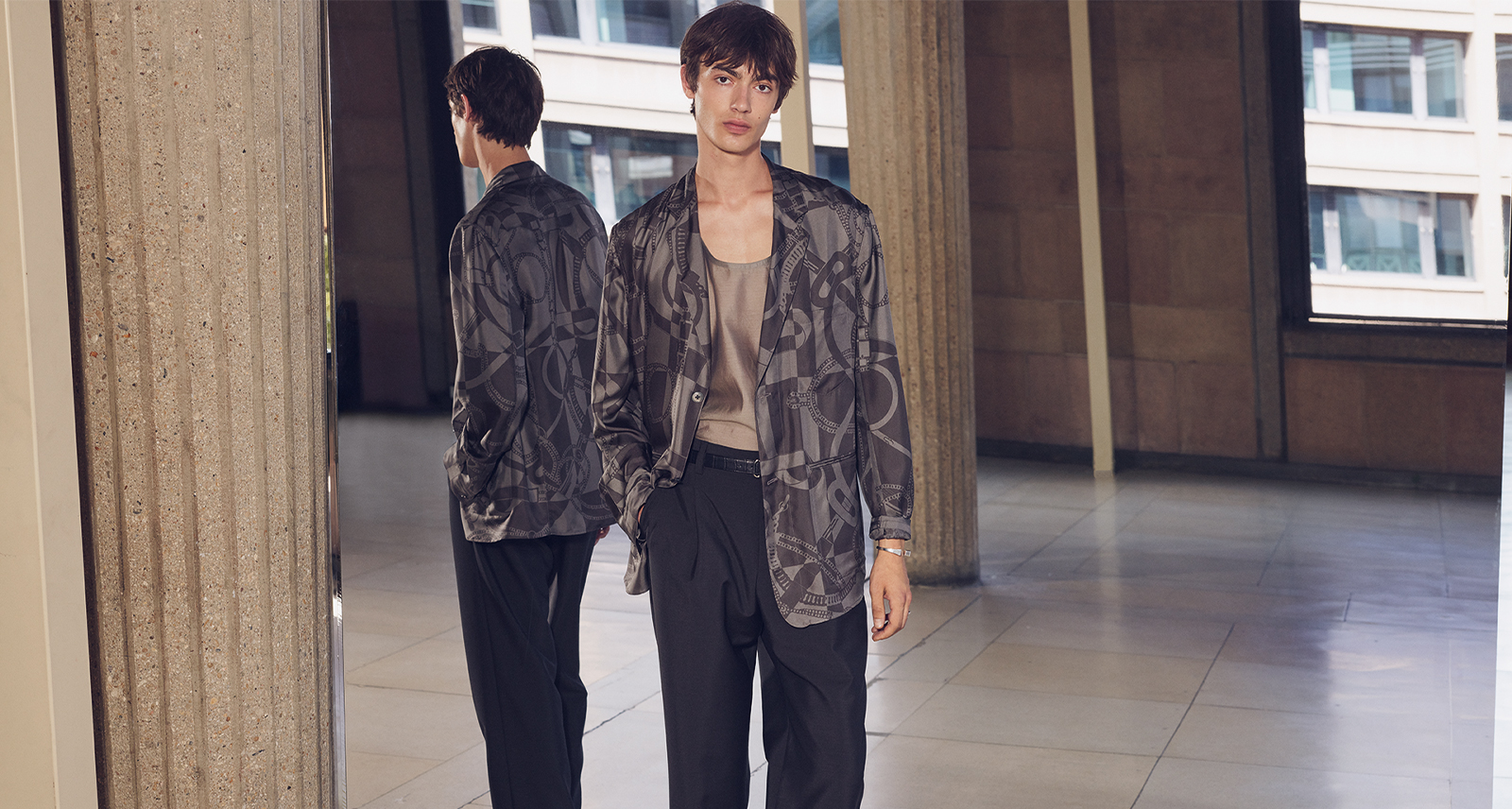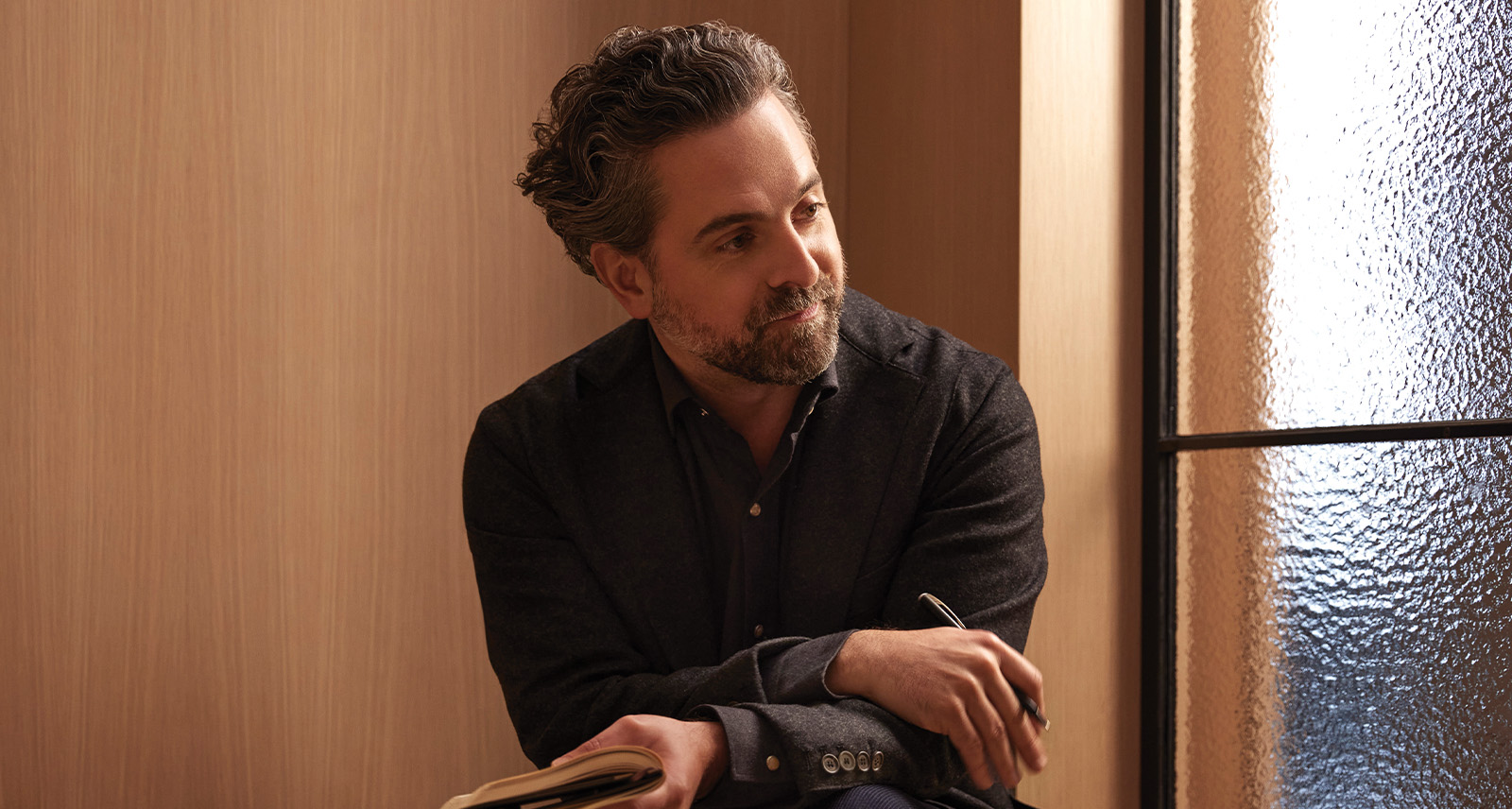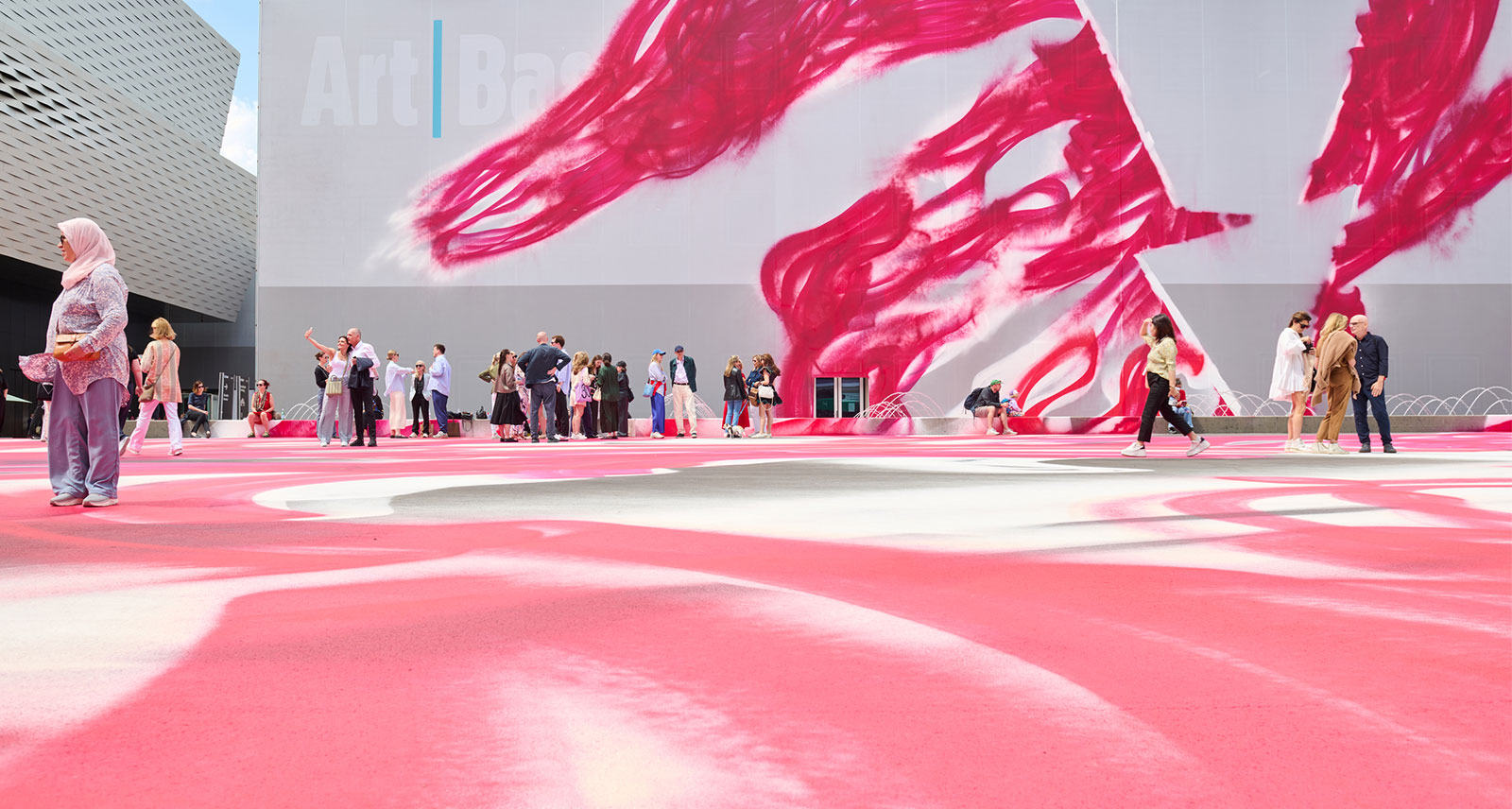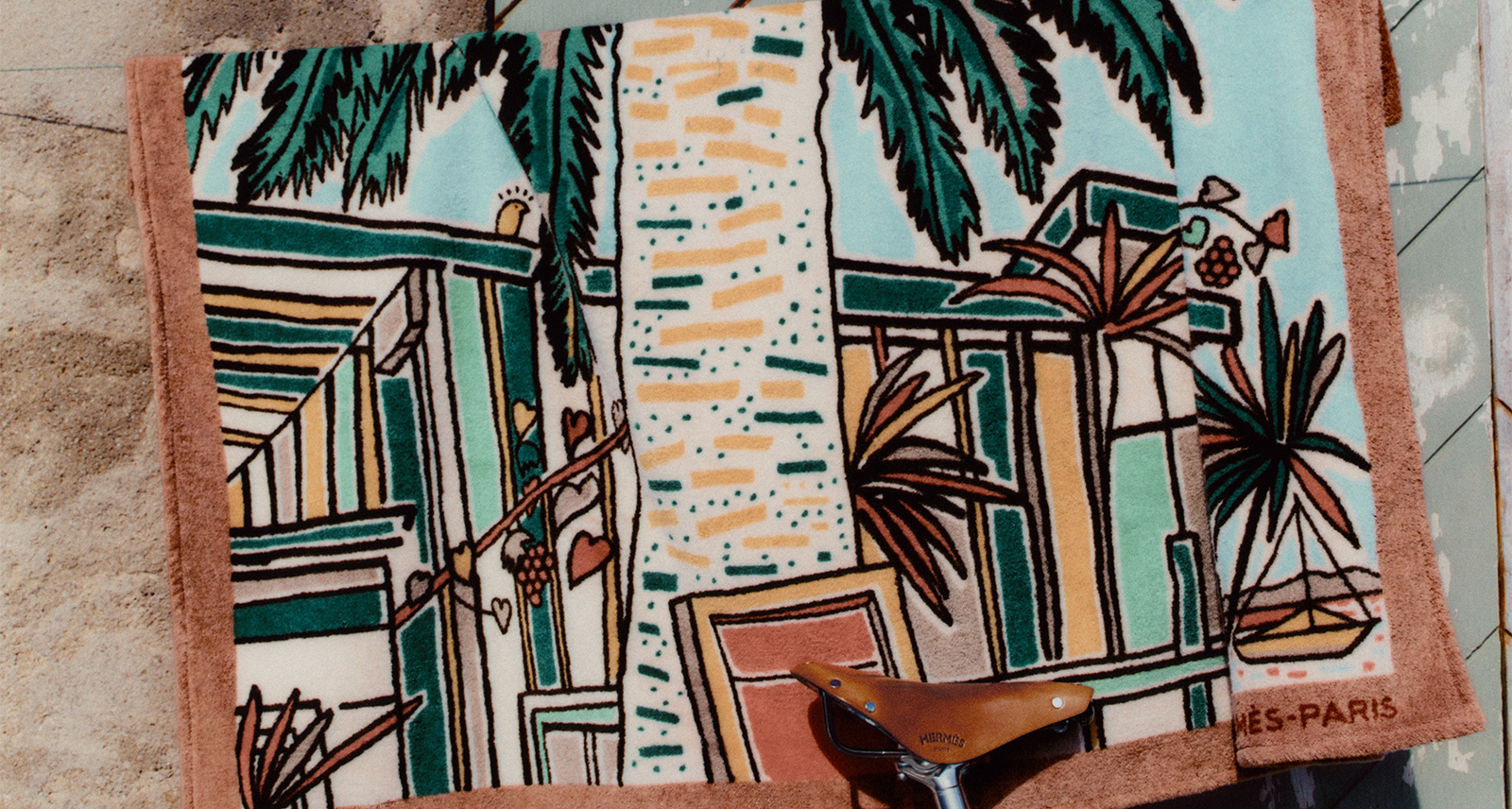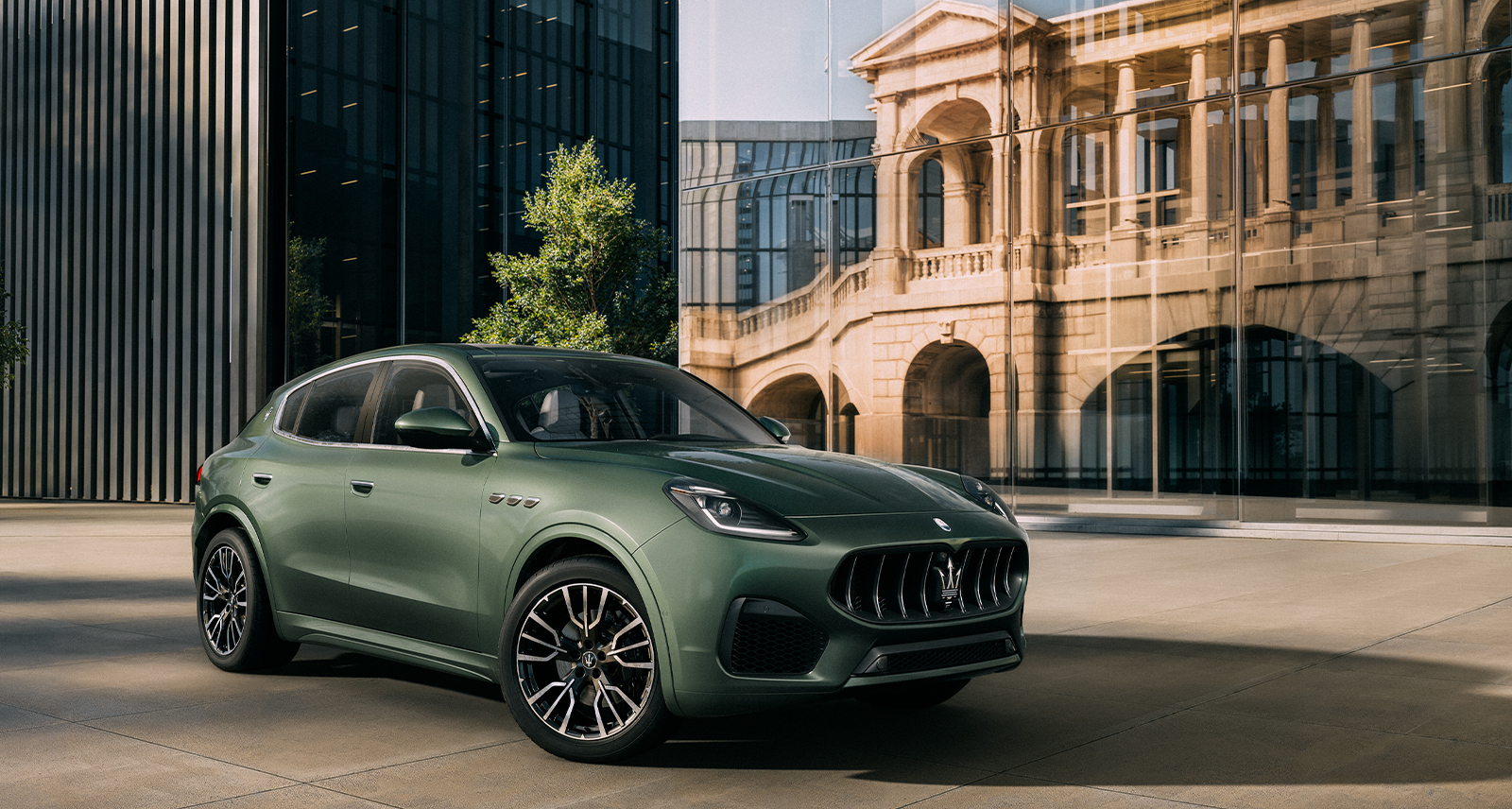Is the Dubai Watch Week Model the Future of Watch Fairs?
Walking into the discussion of the recent edition of Dubai Watch Week, my initial thoughts of highlighting the new watch releases from the show would only skim the surface of what deserves to be told. As you’ll see in the gallery below, there certainly were plenty of new watches on hand, but that’s really not the point of heading to Dubai every two years. Thus far there have been five domestic editions of the fair, as well as one travelling edition of their Horology Forums to London in 2018. Not only did the 2021 edition draw a substantially larger crowd than ever before — more than 16,000 visitors compared to the 9,000 of the prior edition — but it also drew in more diverse and powerful speakers, ranging from Audemars Piguet CEO François-Henry Bennahmias to the award-winning multidisciplinary artist Will.i.am. Even taking these big names out of the equation, Dubai Watch Week hosted a plethora of brands over the course of a week, and unlike other fairs, journalists and collectors alike had an unrivalled level of access to both product and brand leaders.
In stark contrast to the now-dead Baselworld or the recently revamped Watches And Wonders fairs of Switzerland, Dubai Watch Week is designed from the ground up as a public-facing fair. While members of the press are in attendance of both, the Dubai show isn’t packed with retail buyers from around the globe looking to fill their showrooms for the coming year. More than anything, that aspect of the aforementioned “legacy fairs” is the biggest hindrance. Jockeying for position with the retail side of the business, communications staff (and product) is consistently stretched thin, and even getting one-on-one time with any brand’s top brass is near impossible.
This is one of Dubai Watch Week’s real trump cards. Ask anyone who’s been in attendance at the fair, and the resounding statement is the same; it’s the one place that you can get one-on-one time with the likes of people like Max Busser of MB&F or other key industry figures where they seem genuinely disarmed and up for a chat. Sure, the press have a bit of an easier time with this to begin with, but in speaking with many collectors in Dubai the sentiment remains true. It’s a niche desire, sure, but for collectors that have gone far enough down the rabbit hole, getting to bend the ear of the visionaries behind their prized collections is a rare and very special opportunity.
As it stands, nothing of this nature really exists in North America — at least not yet. The closes alternative is Watch Time New York — a three-day fair that’s also public facing. WTNY runs on a similar principle to a degree, however it’s not without its challenges. In the New York market the collector pool is significant to say the least, and more often than not, brands will have coordinated plans with the various collecting groups pre-booked through the weekends as well as time set aside to visit local retailers.
All of this aside, the discussions and debates presented every day of Dubai Watch Week are the next key piece of the puzzle that the industry needs more of. Each discussion panel is moderated by a noteworthy figure (writers, editors, collectors, etc), and plays host to a broad range of panelists from an interesting cross section of industries. Alongside people from the watch industry, this year saw the inclusion of personalities from a spectrum of adjacent fields, including art, antiquities, fashion, and elsewhere. The watch world — especially in Switzerland — has a reputation for being incredibly insular when it comes to business decisions and operations, and adding these voices to the room with the attention of those capable of inflicting change within brands is a rare occurrence. This year’s panels covered an assortment of relevant talking points, including the gendering of watches in product catalogs, the democratization of luxury, brand authenticity, and several other key points.
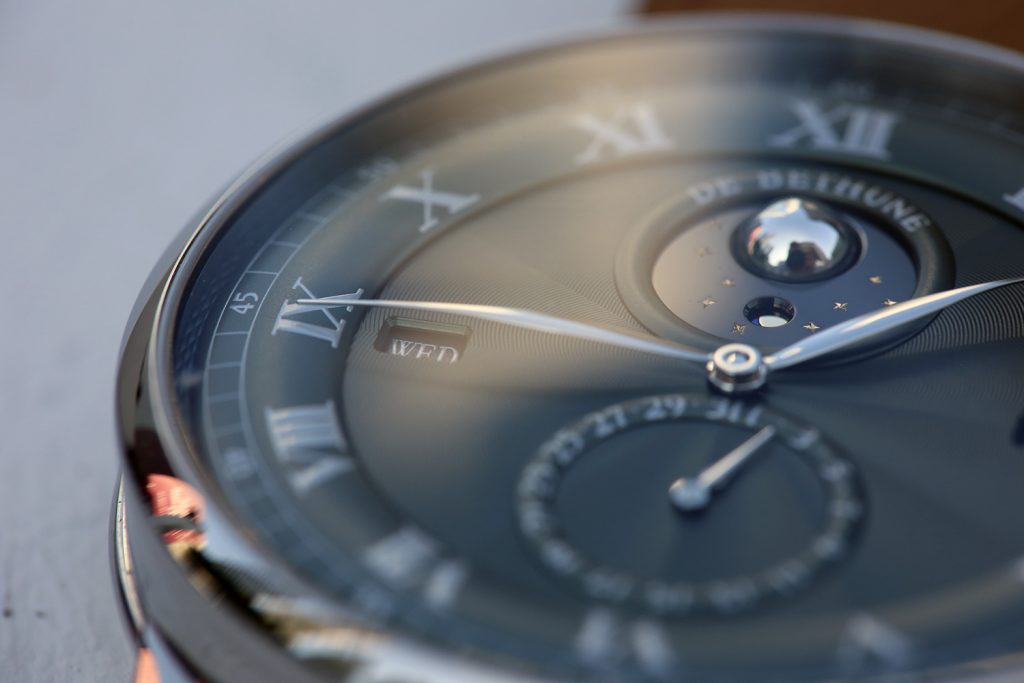
Within these panels certain people still needed to “tow the company line”, so to speak, but there were a few places within the fair where rather blunt conversation about the industry could be had. In the newly established Collectors Lounge, a string of informal discussions took place (including one that I hosted) to chat about this year’s winners and losers of the Grand Prix d’Horlogerie de Genève. While intimate and not heavily publicized or promoted, these discussions were open to all, allowing for a free flow of information and opinion about the topics at hand without any attempts to “kiss the ring”, so to speak.
Taking the larger stage, the show’s final discussion panel — dubbed Carte Blanche, and hosted by watch and jewellery editor Barbara Palumbo of What’s On Her Wrist — welcomed a bombardment of questions collected from show attendees over the course of the week, and provided panelists the opportunity to answer without filtering. Attendees didn’t pull any punches either, asking questions about brands viewed as potentially faltering, and whether some trends needed to go the way of the dodo, among other things.
It’s hard to expect sweeping changes from the organizations currently in charge of the world’s largest watch fairs, but the outcry for (and appreciation of) transparency and discussion within the industry is palpable. Though Watches and Wonders has started to run a panel here and there during its shows, the pacing and organization of the fair leads these to be more of an afterthought. Breaking things out into smaller events, dedicating specific time to retailers separate from public and press, and other changes could do wonders. Smaller satellite shows around the globe have clearly shown a budding public interest in these types of events, and a thirst for access to both product and education. The big question that remains is simple: Will Switzerland hear the call?
